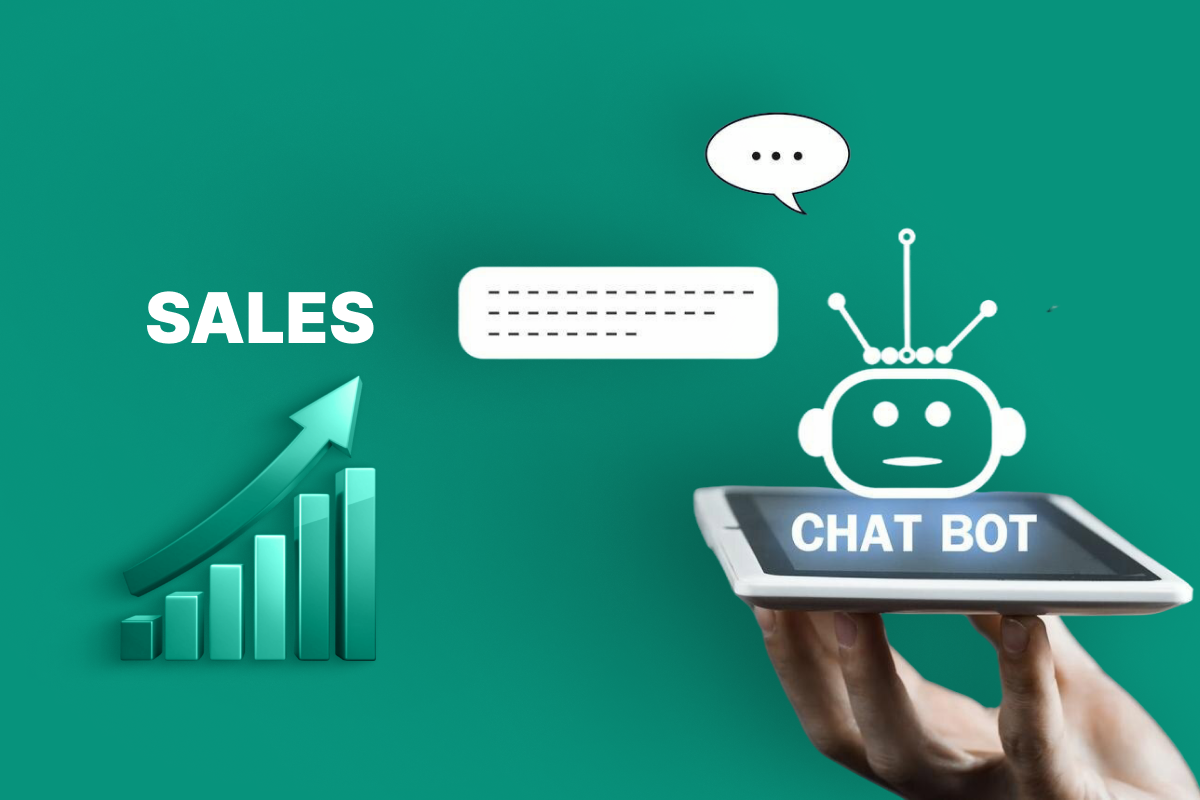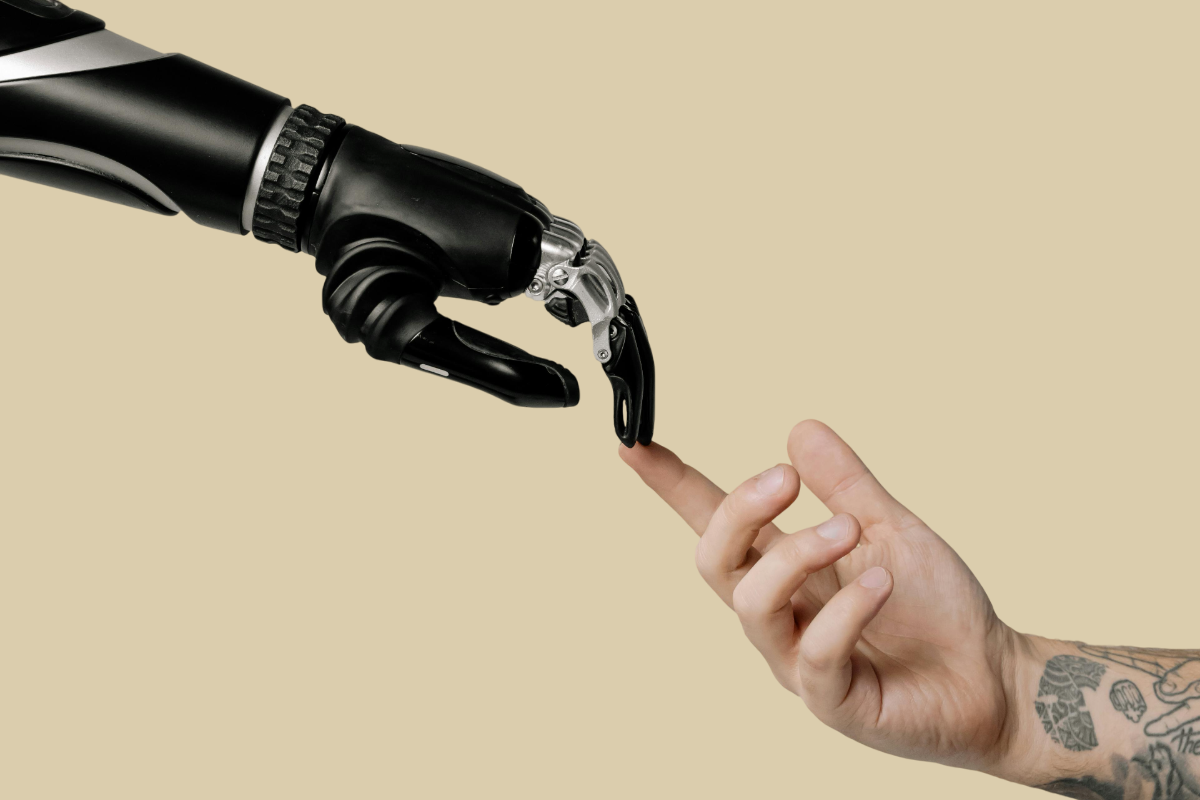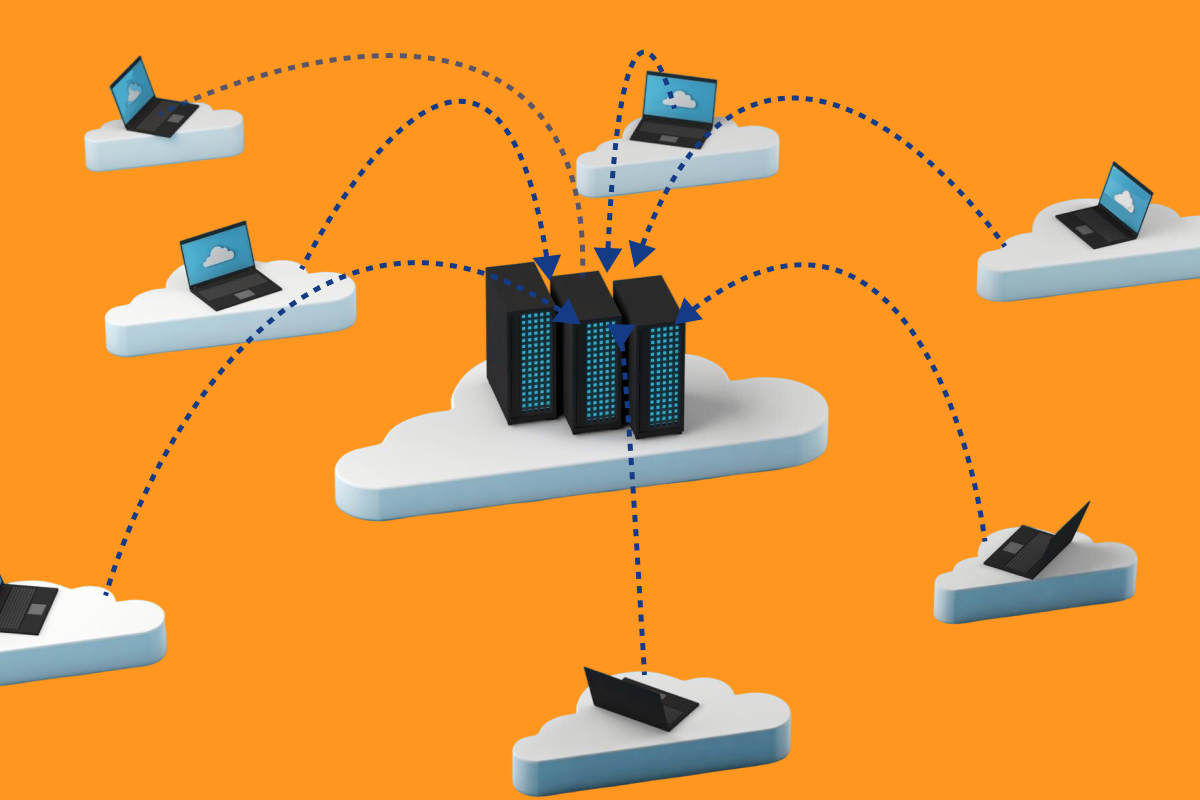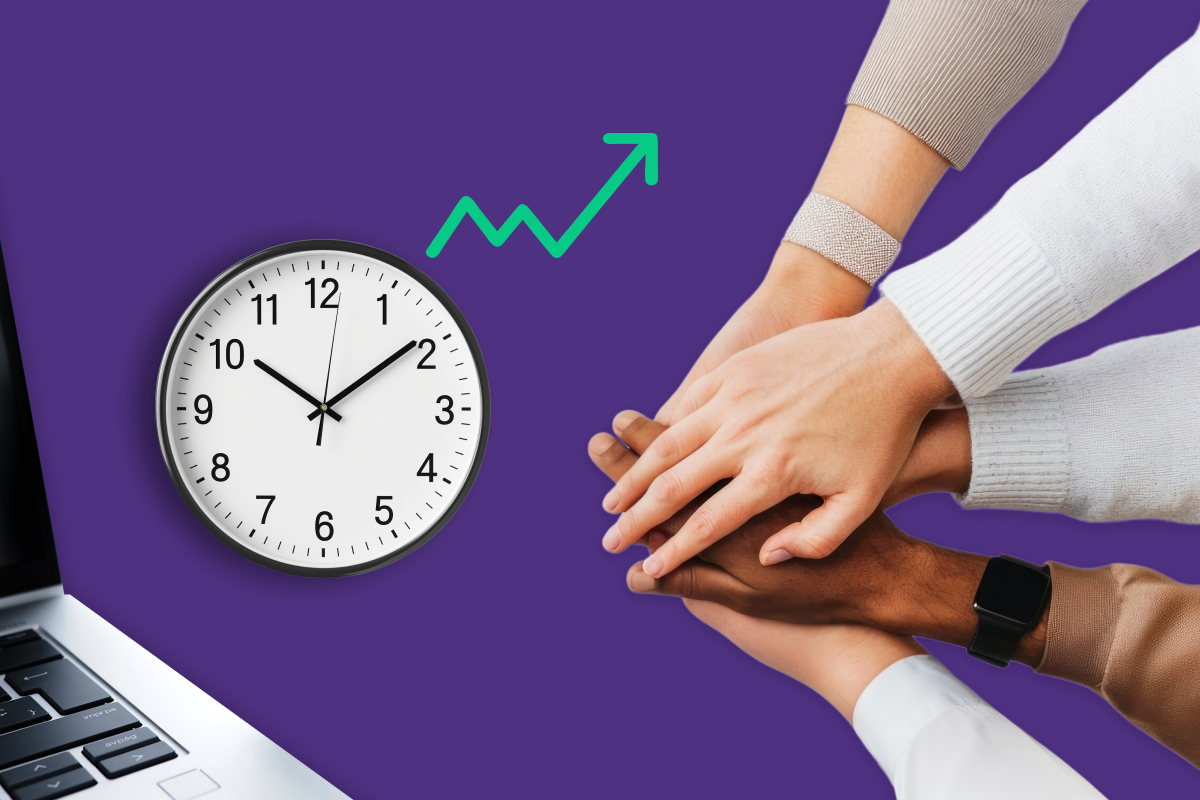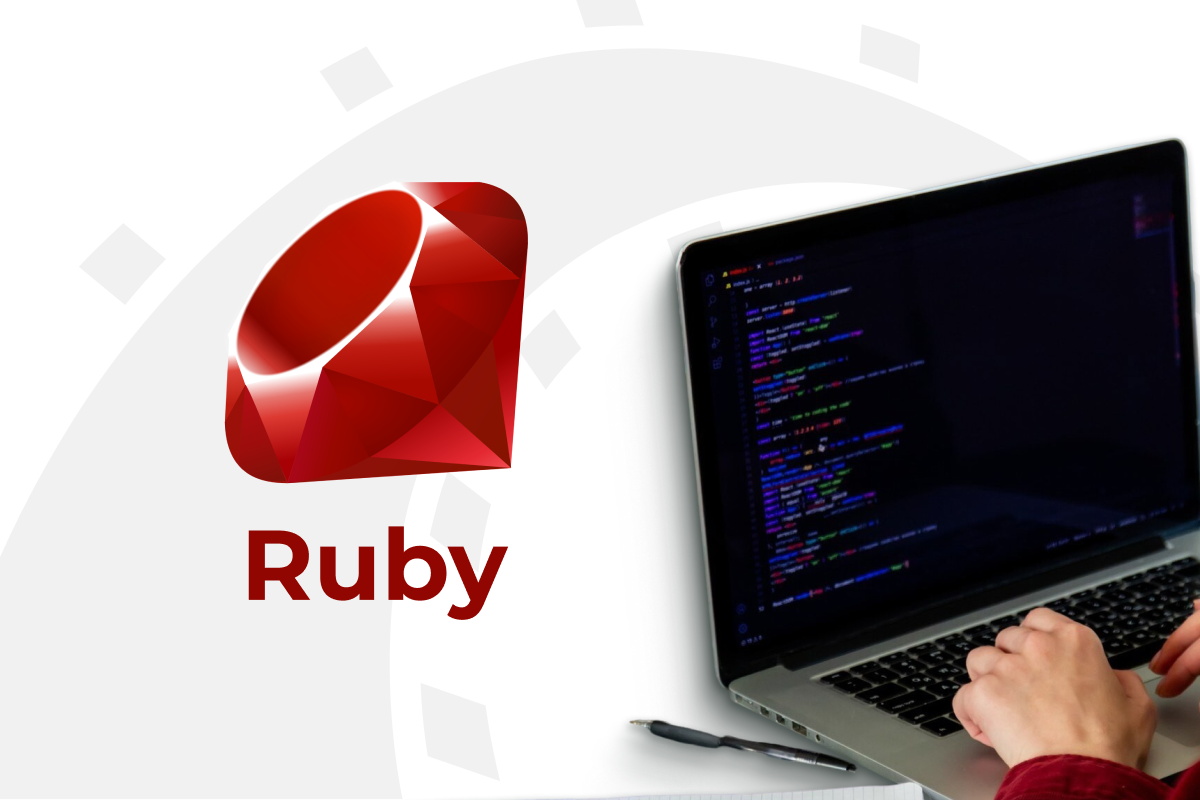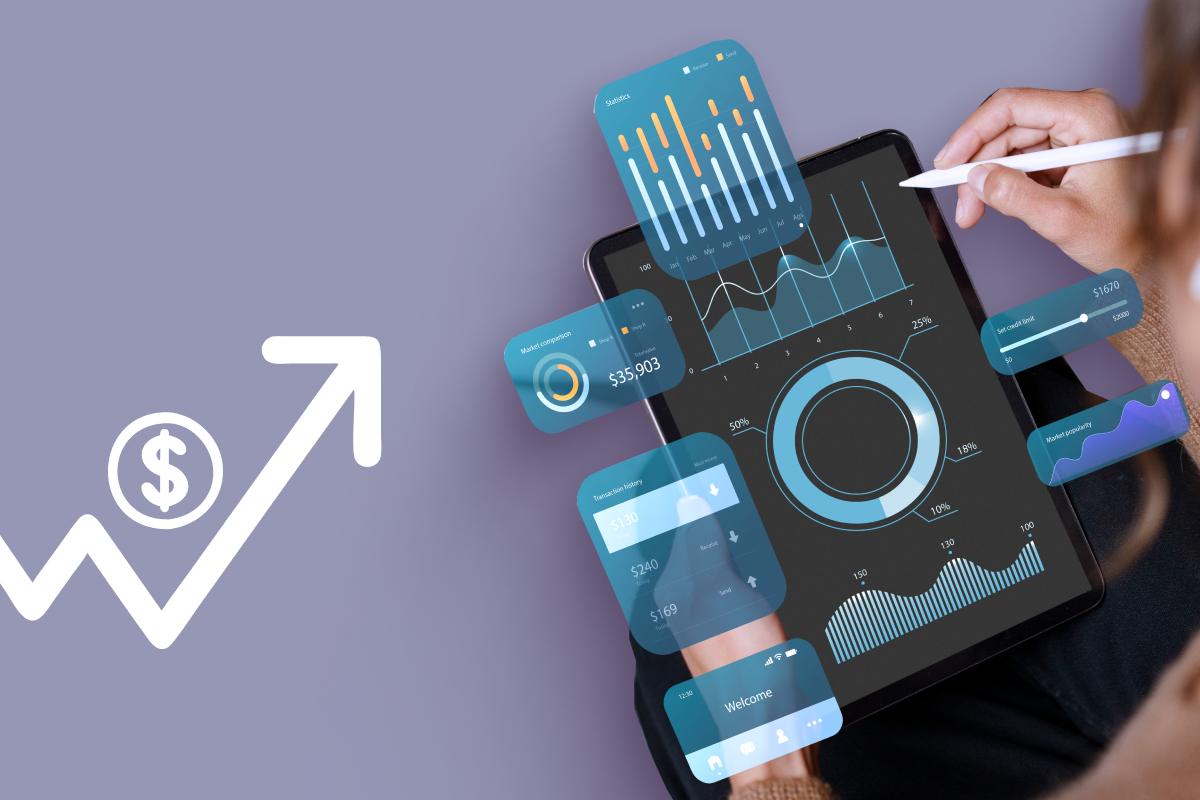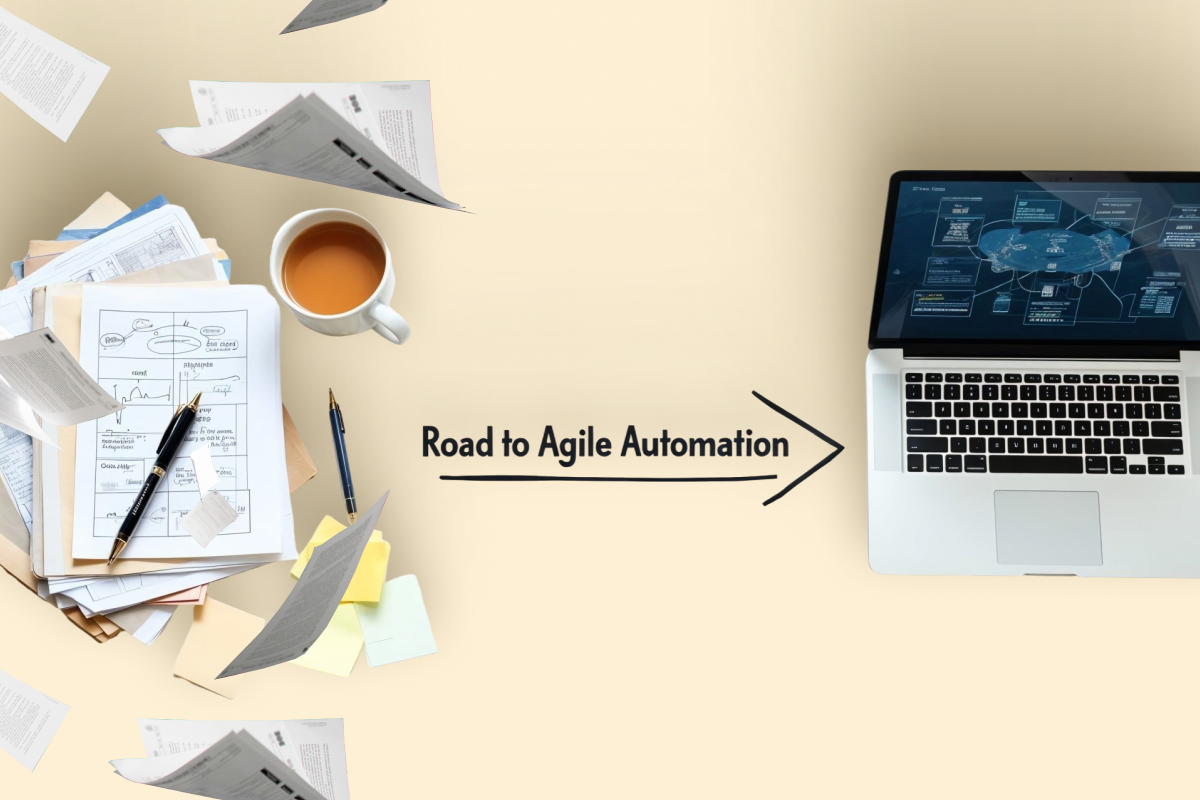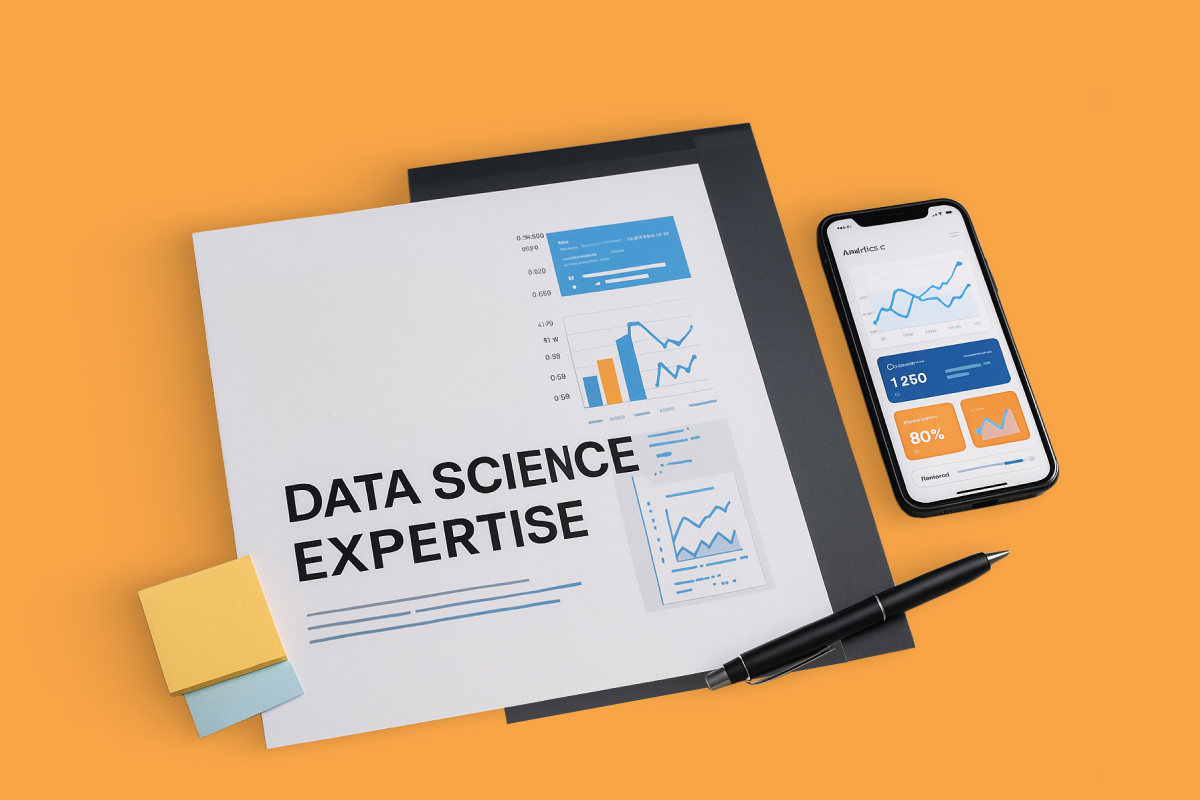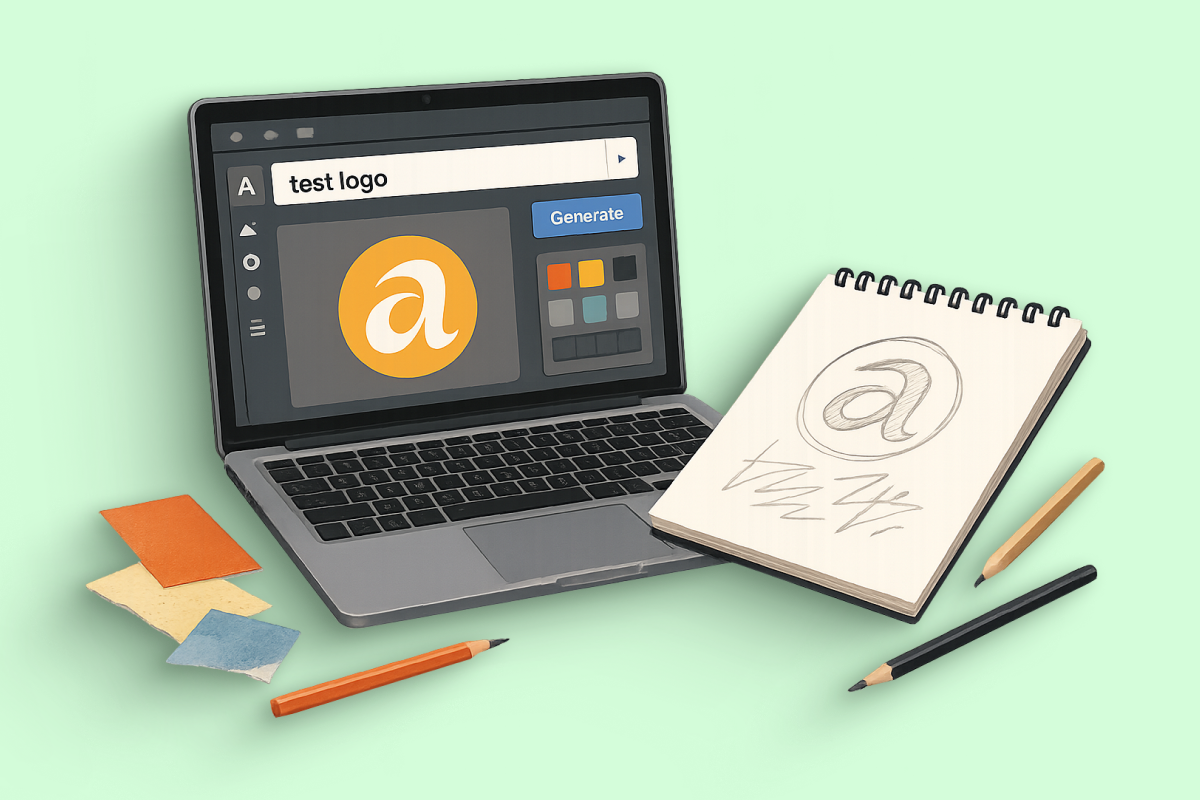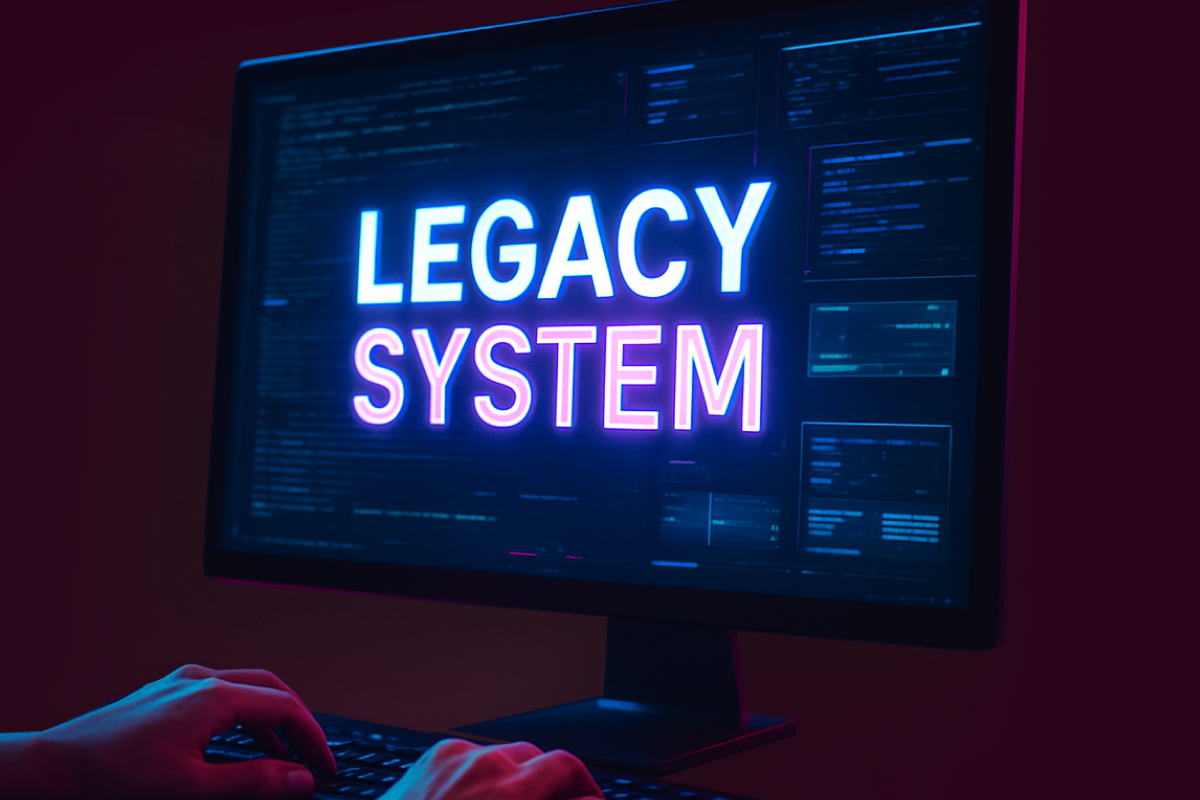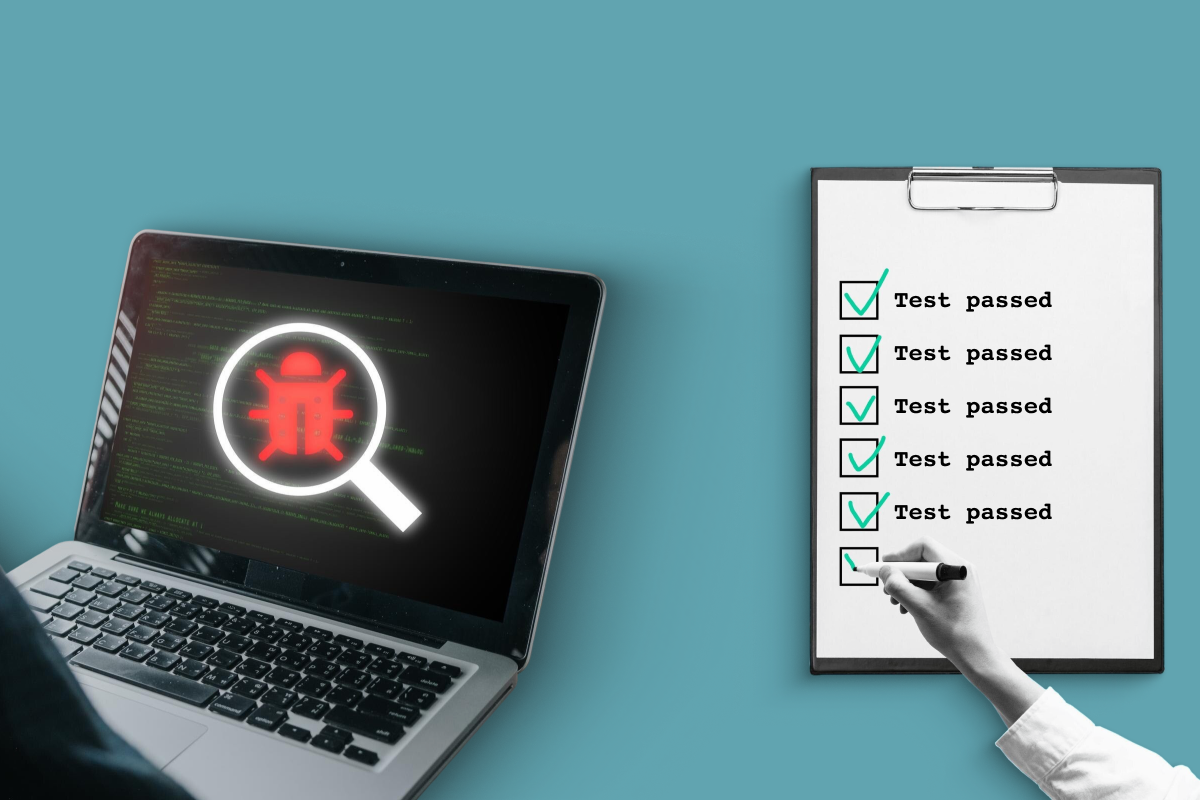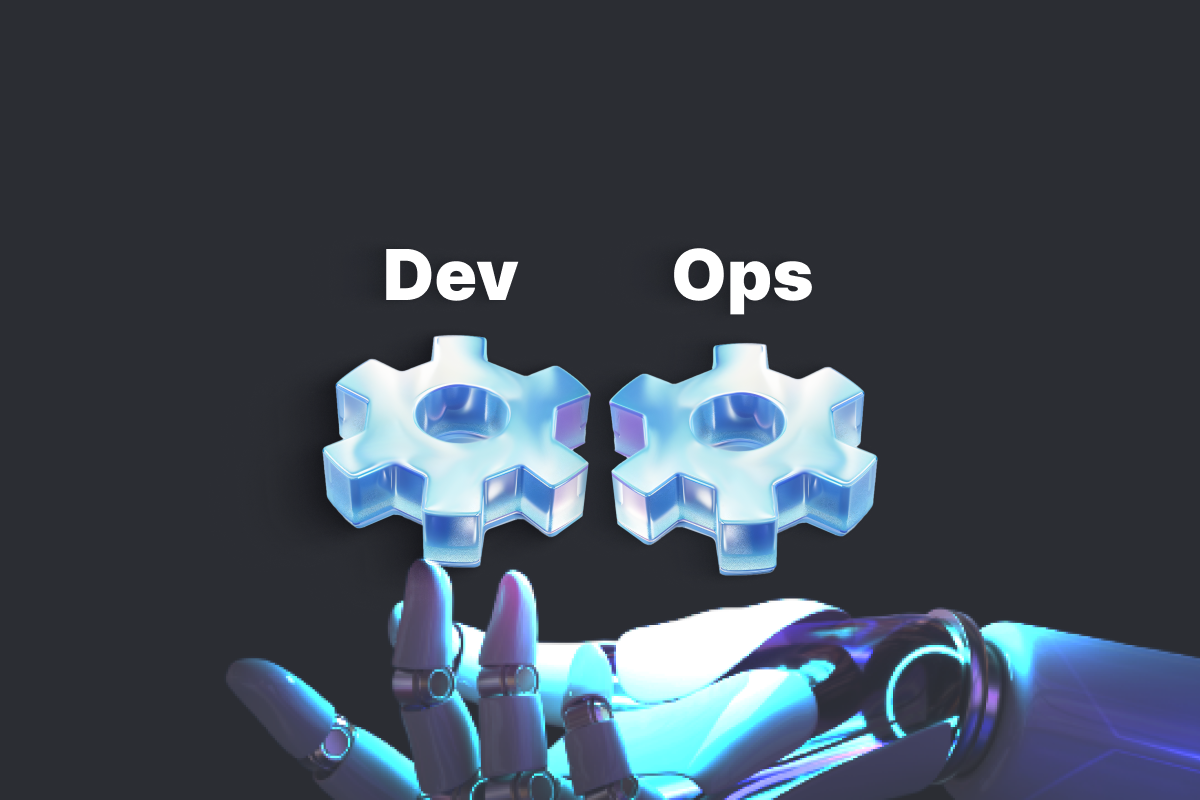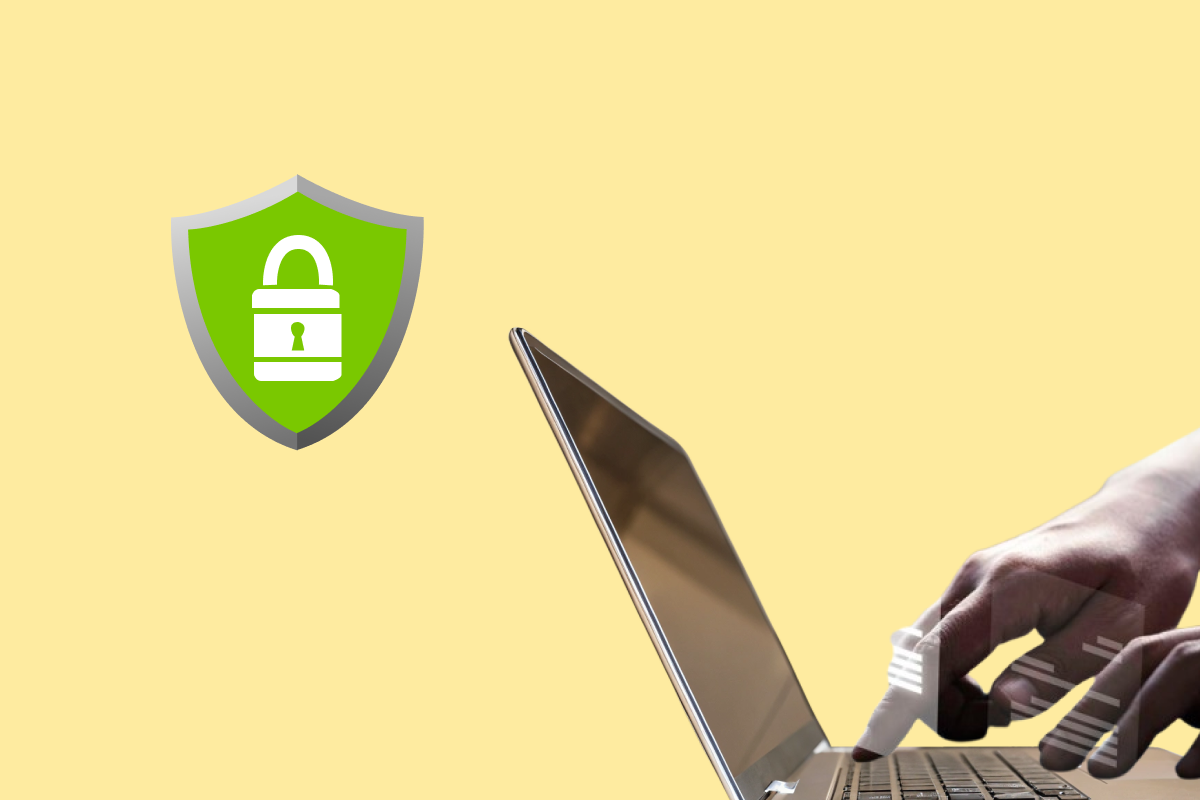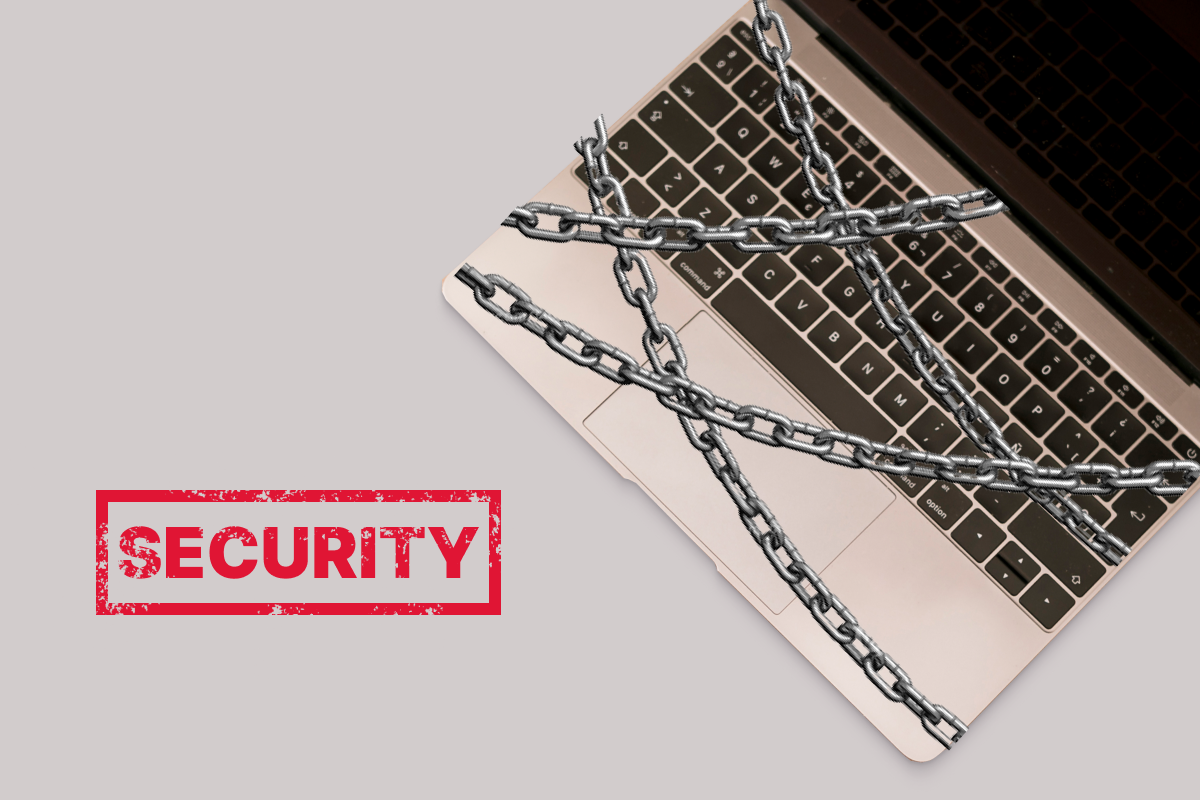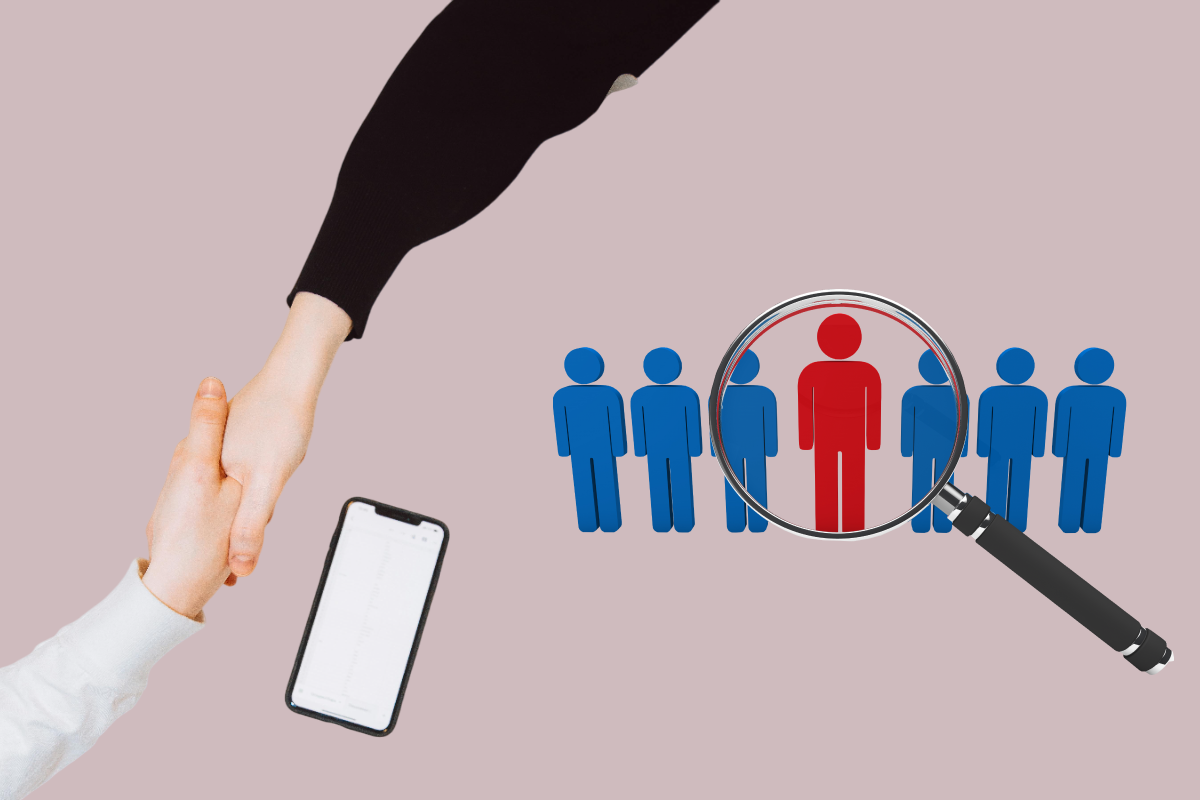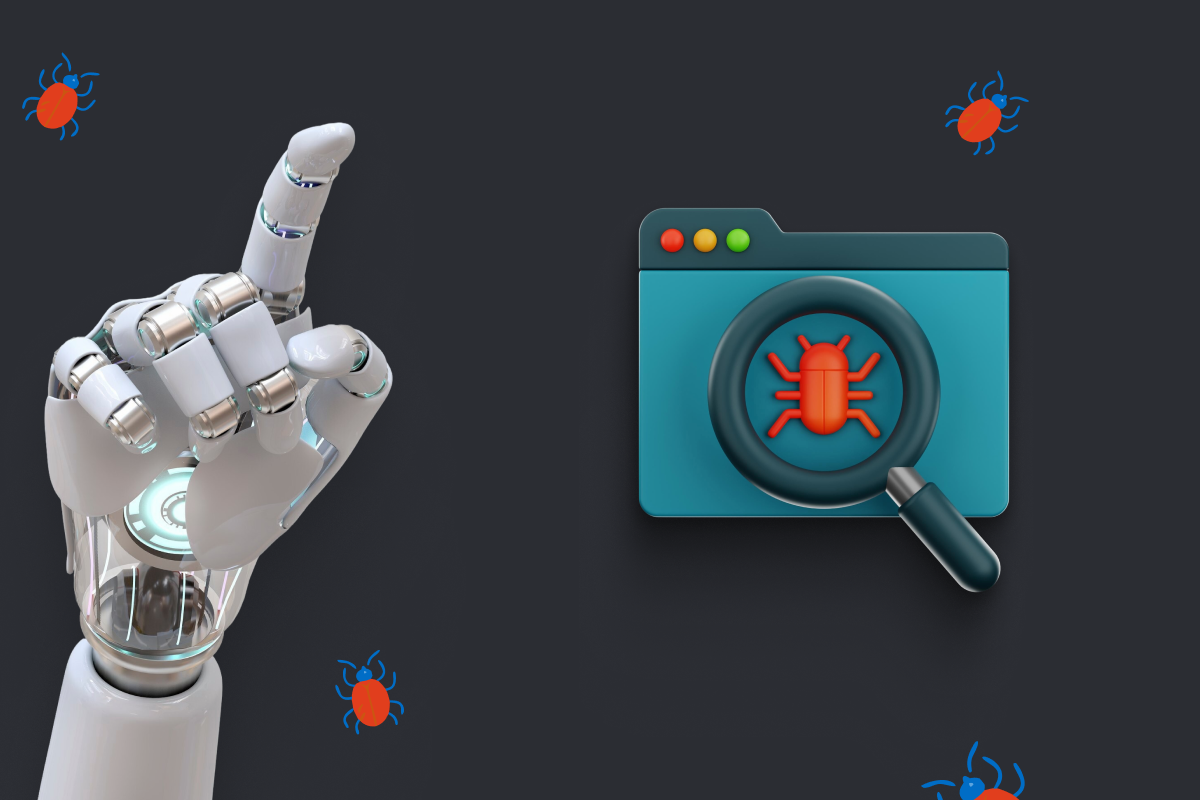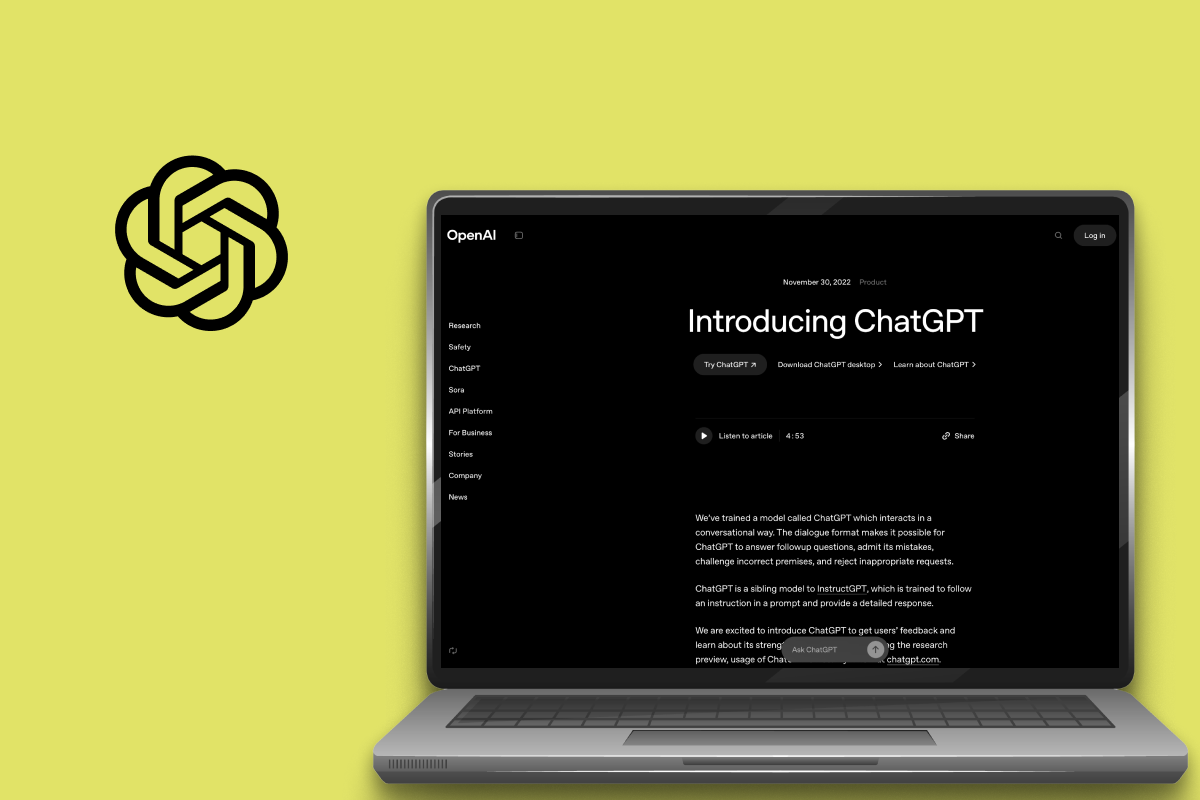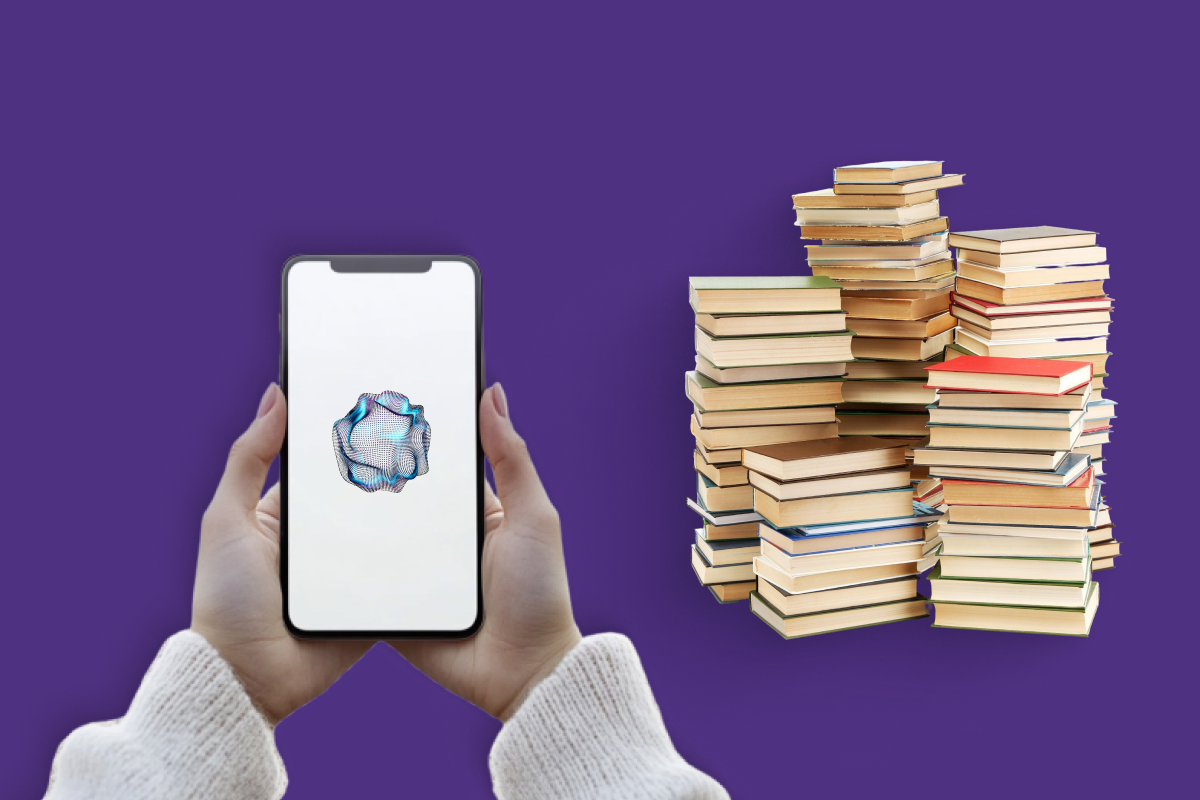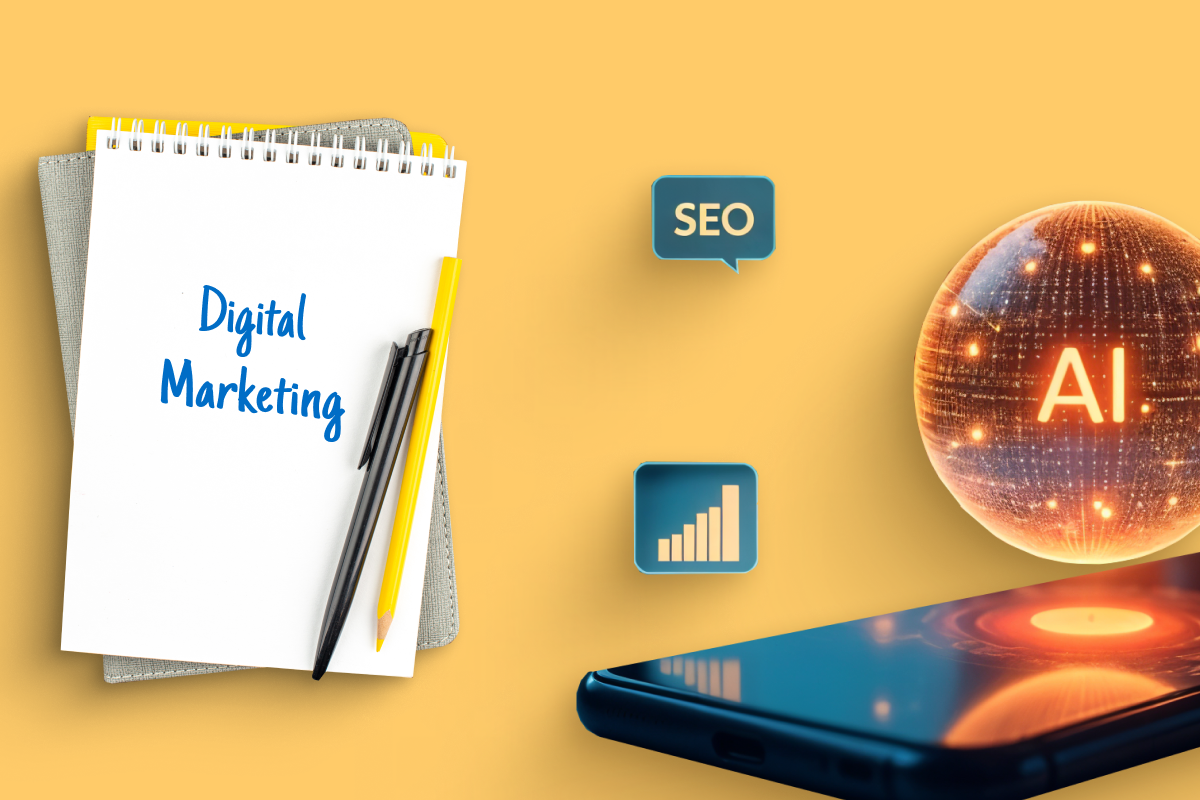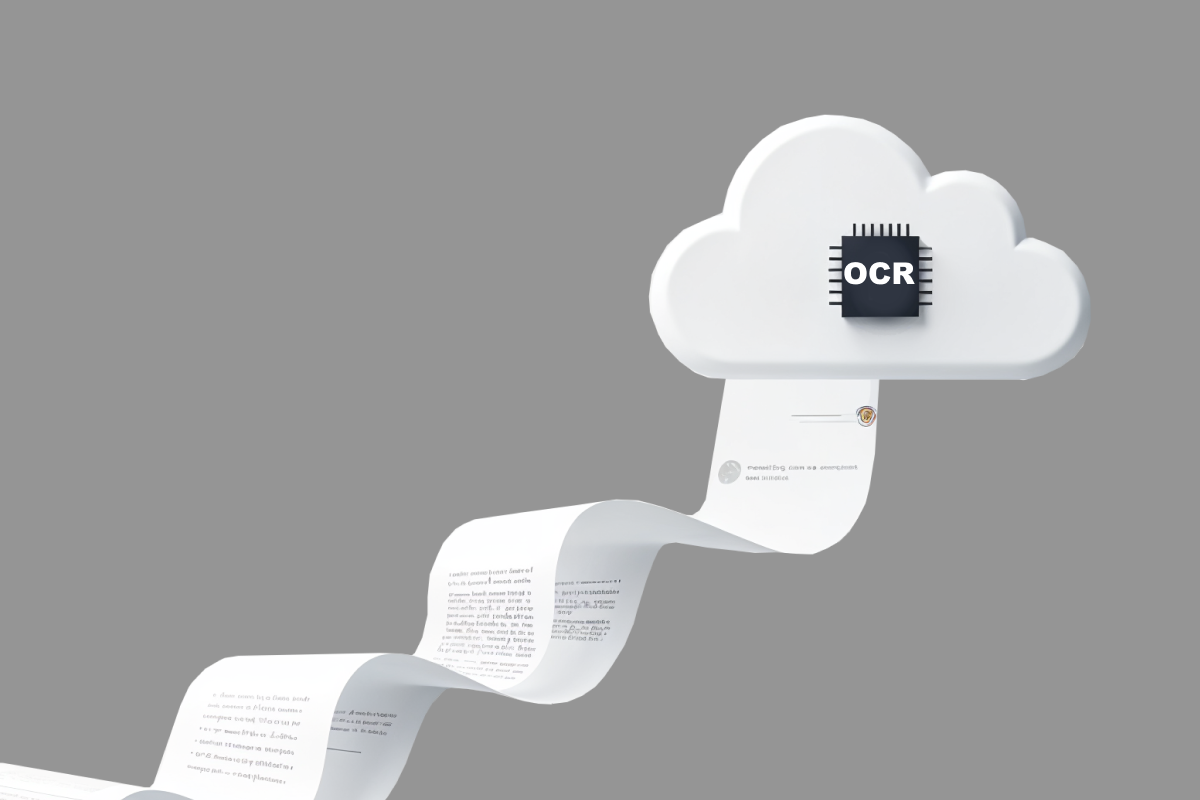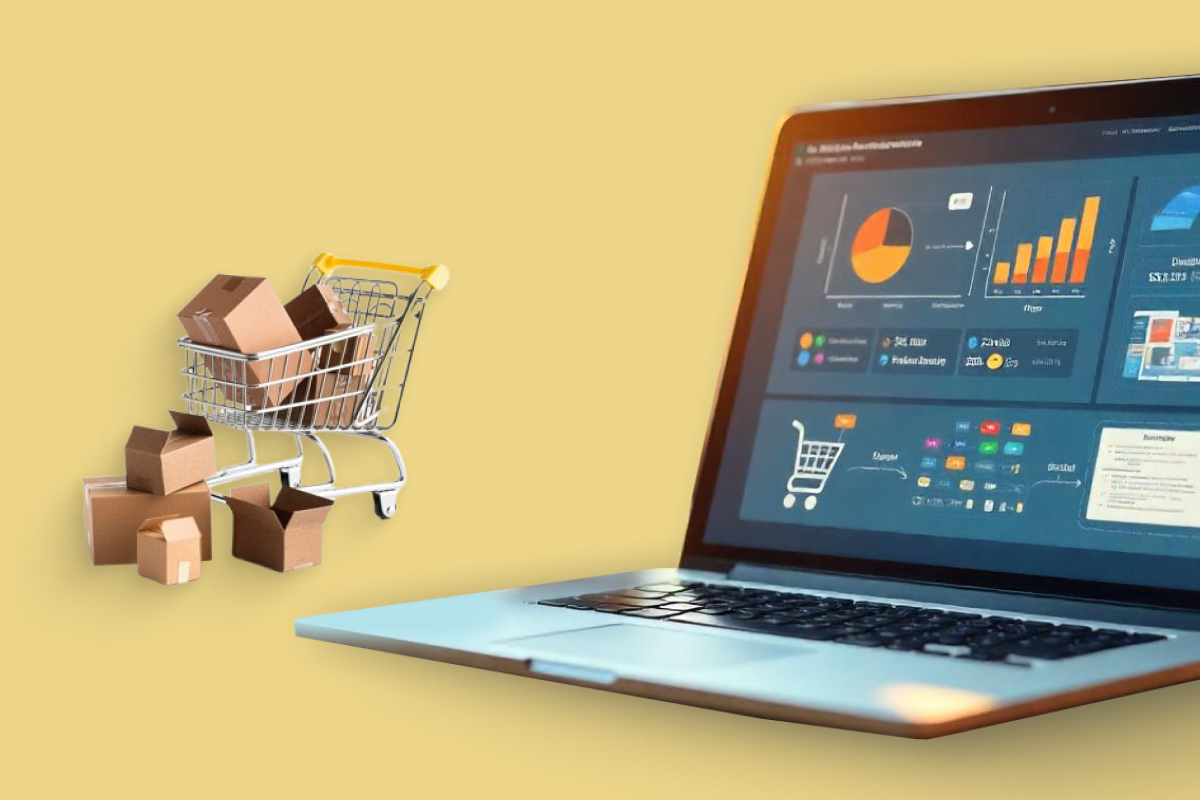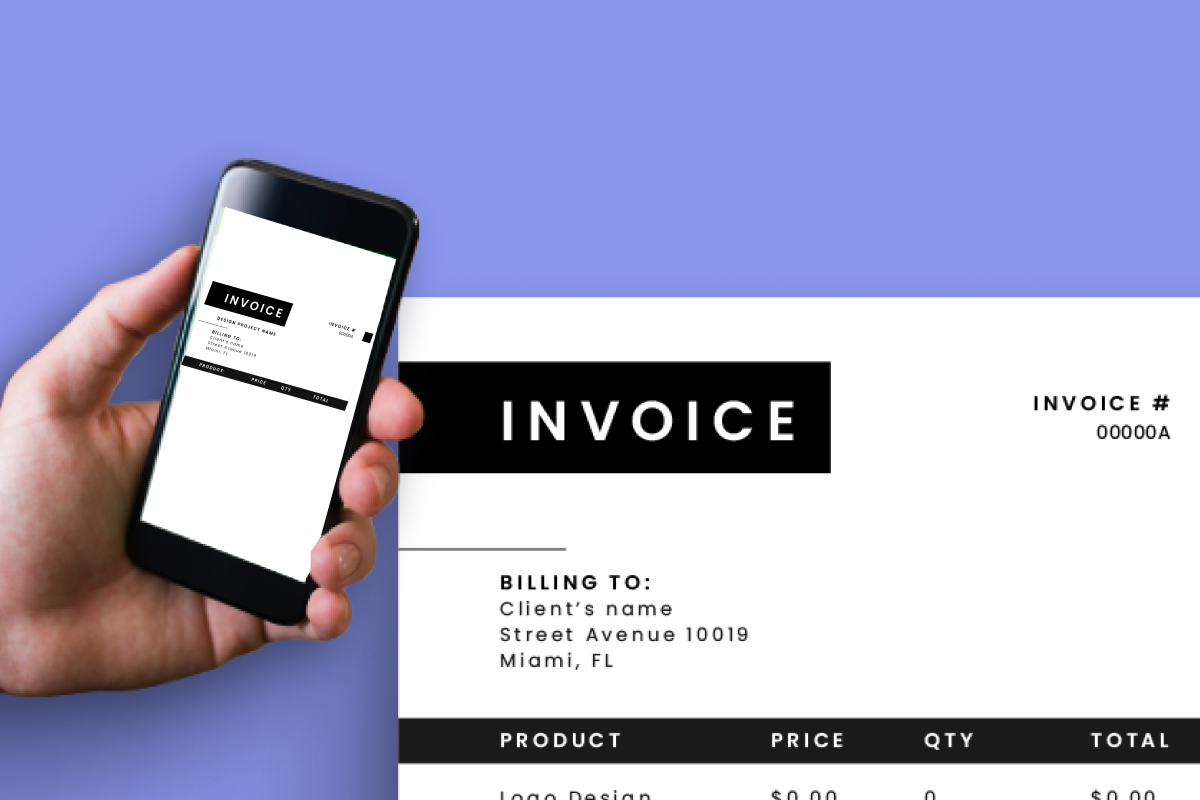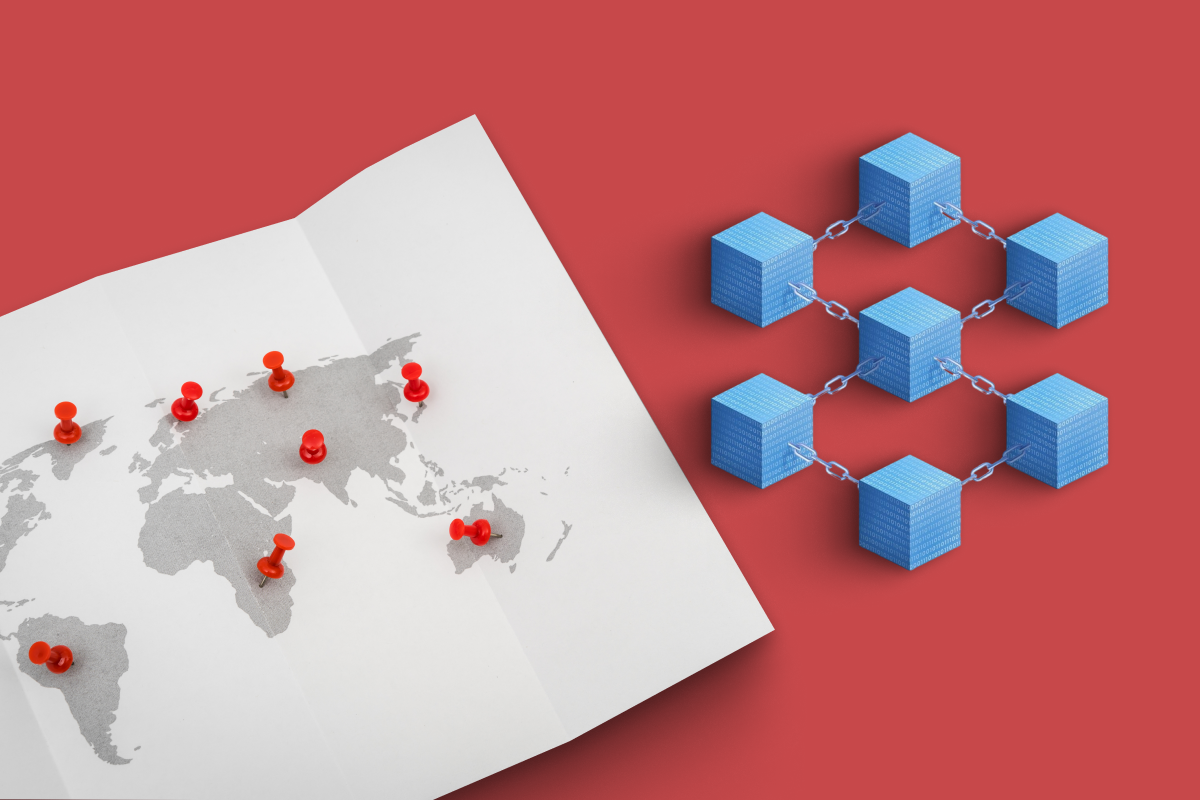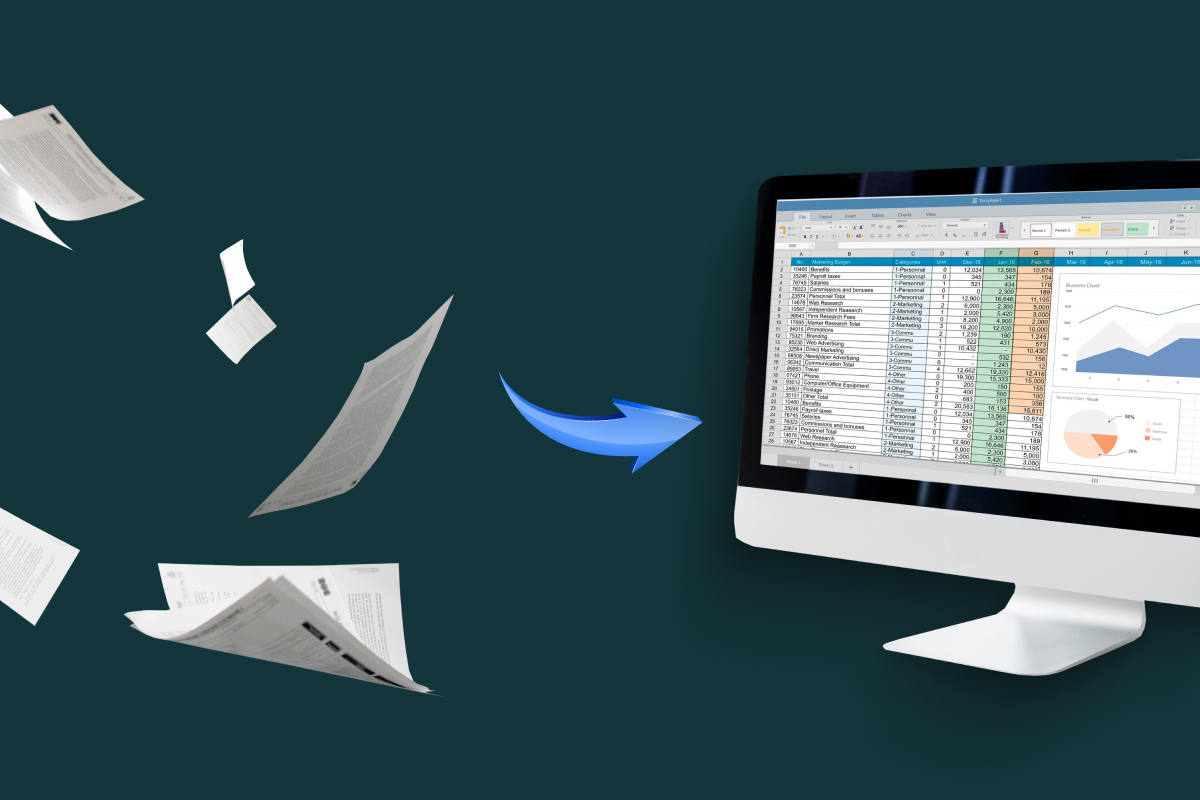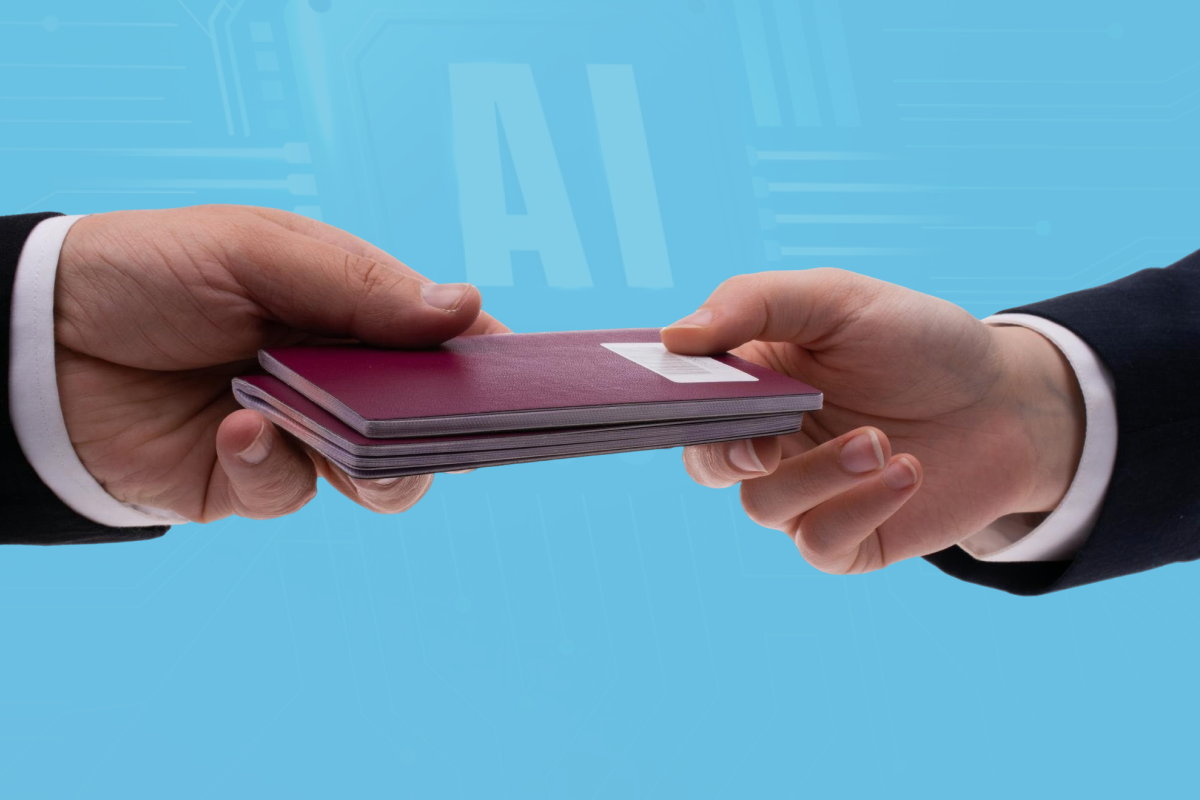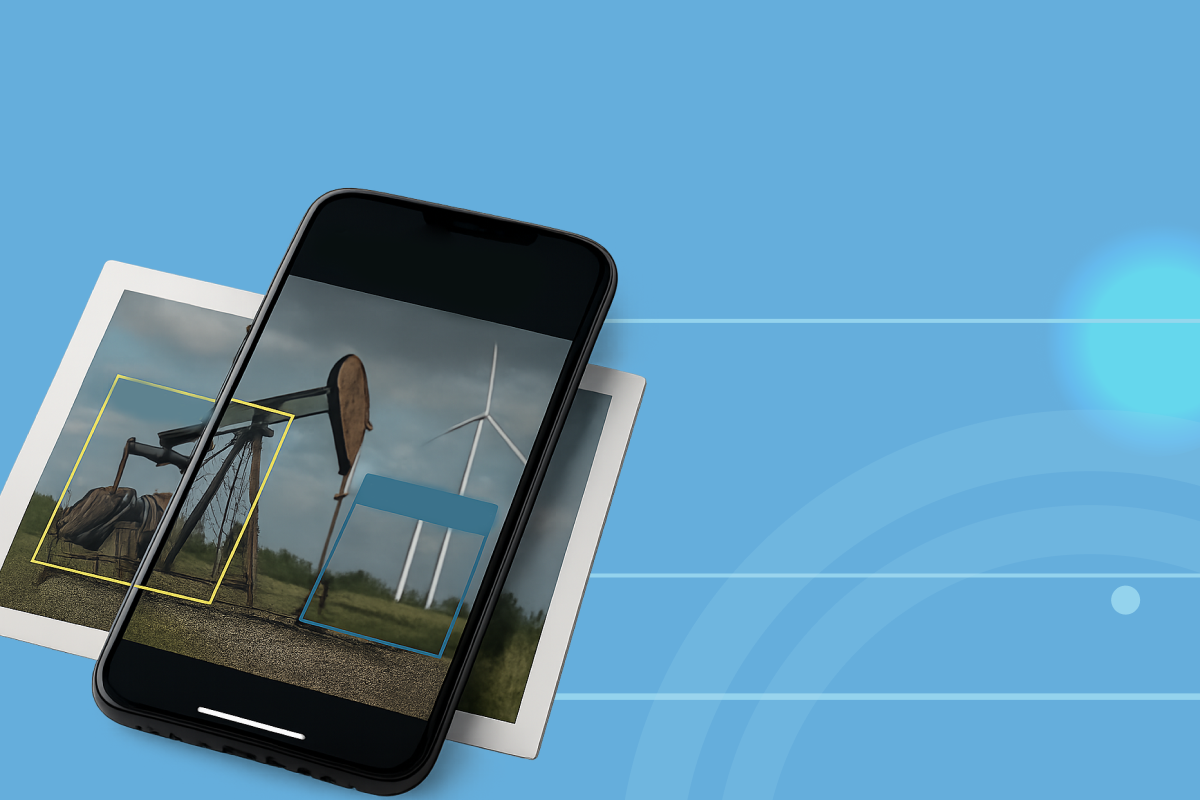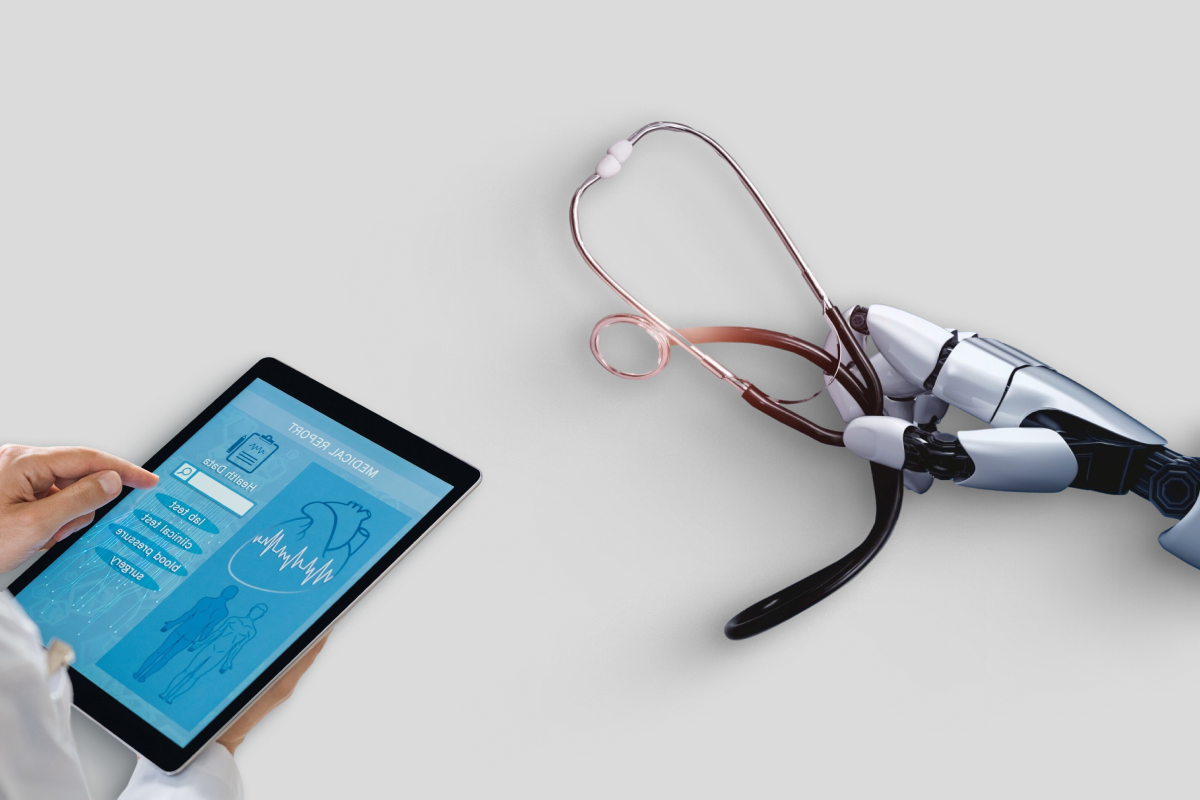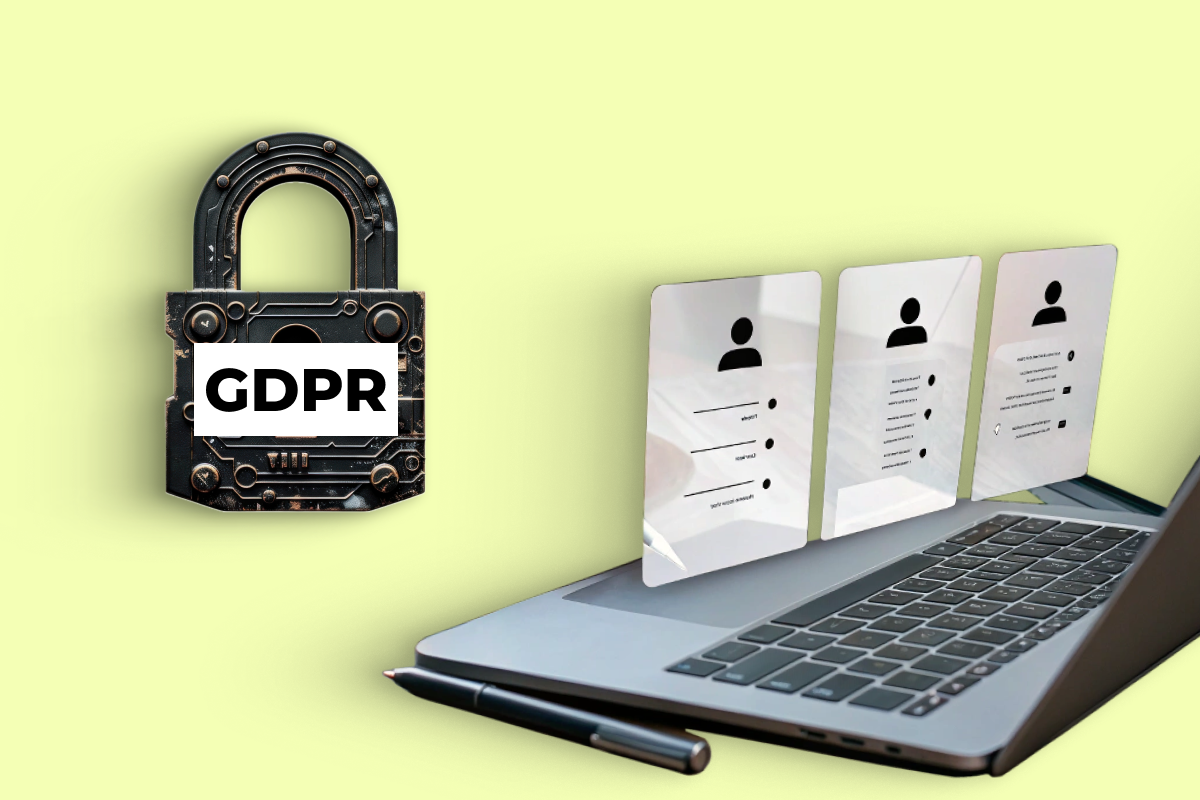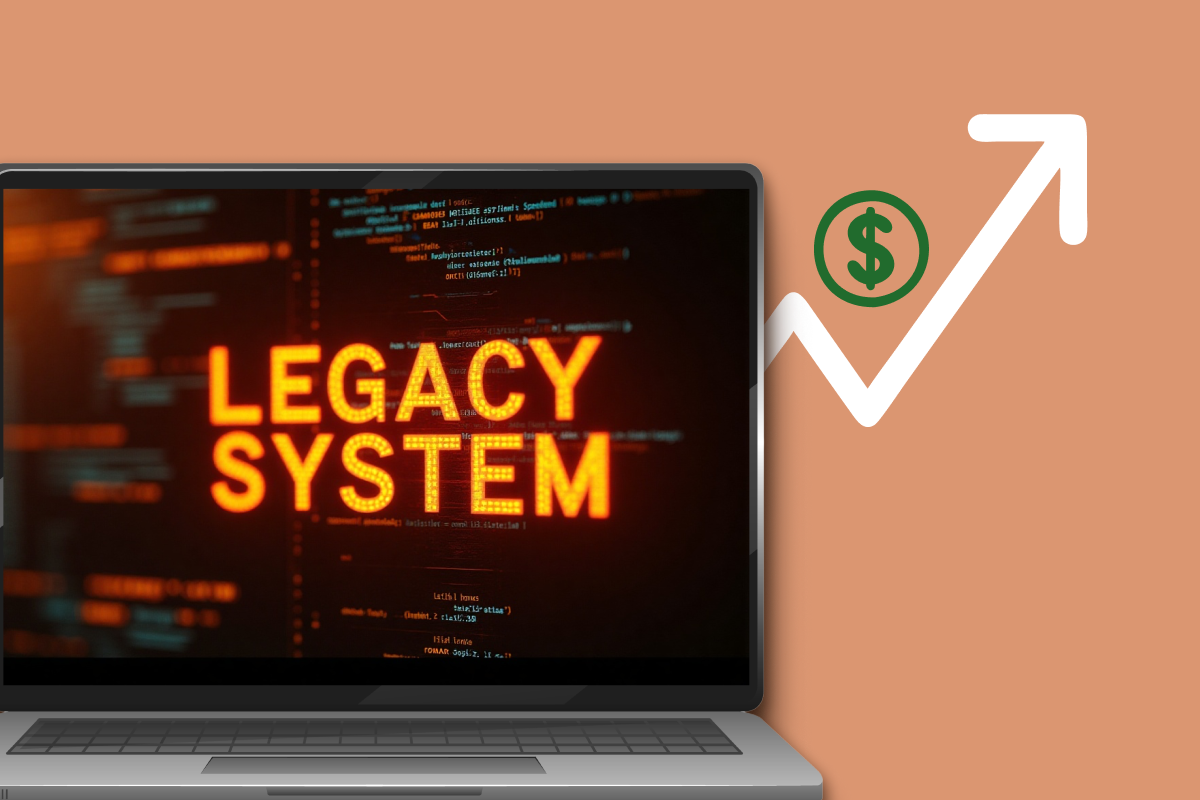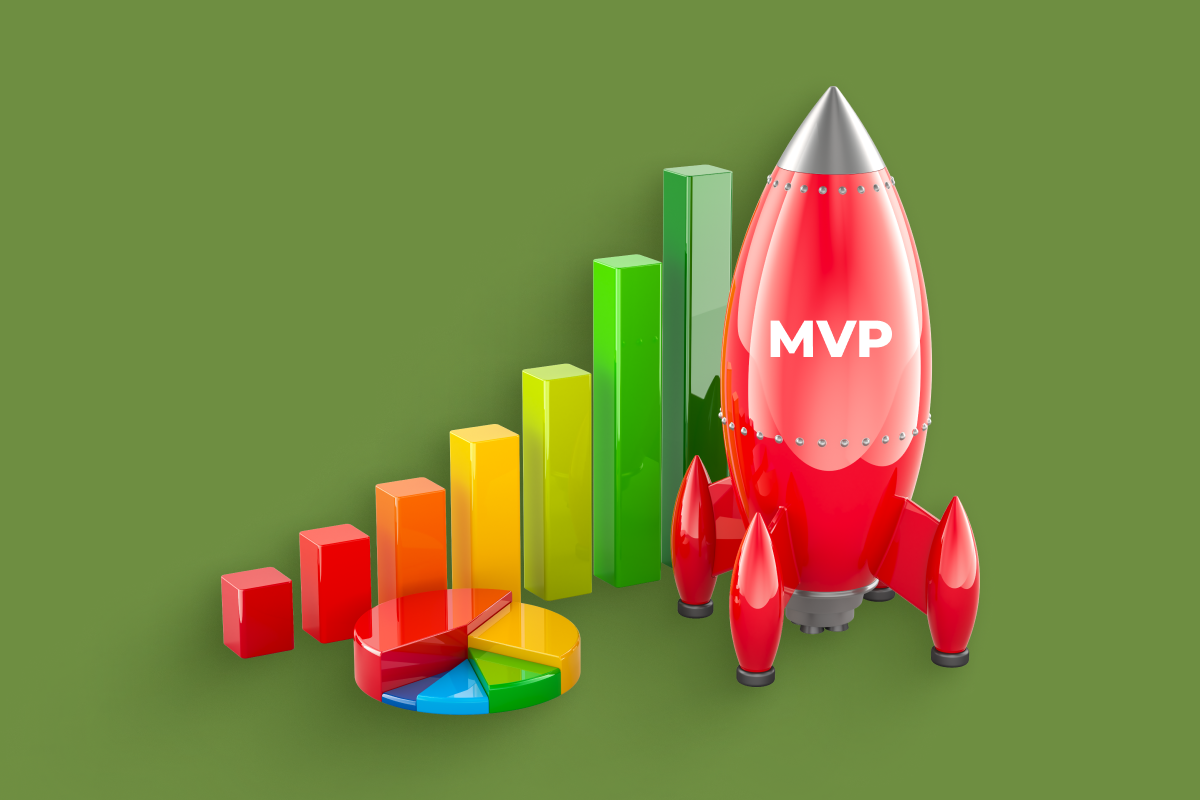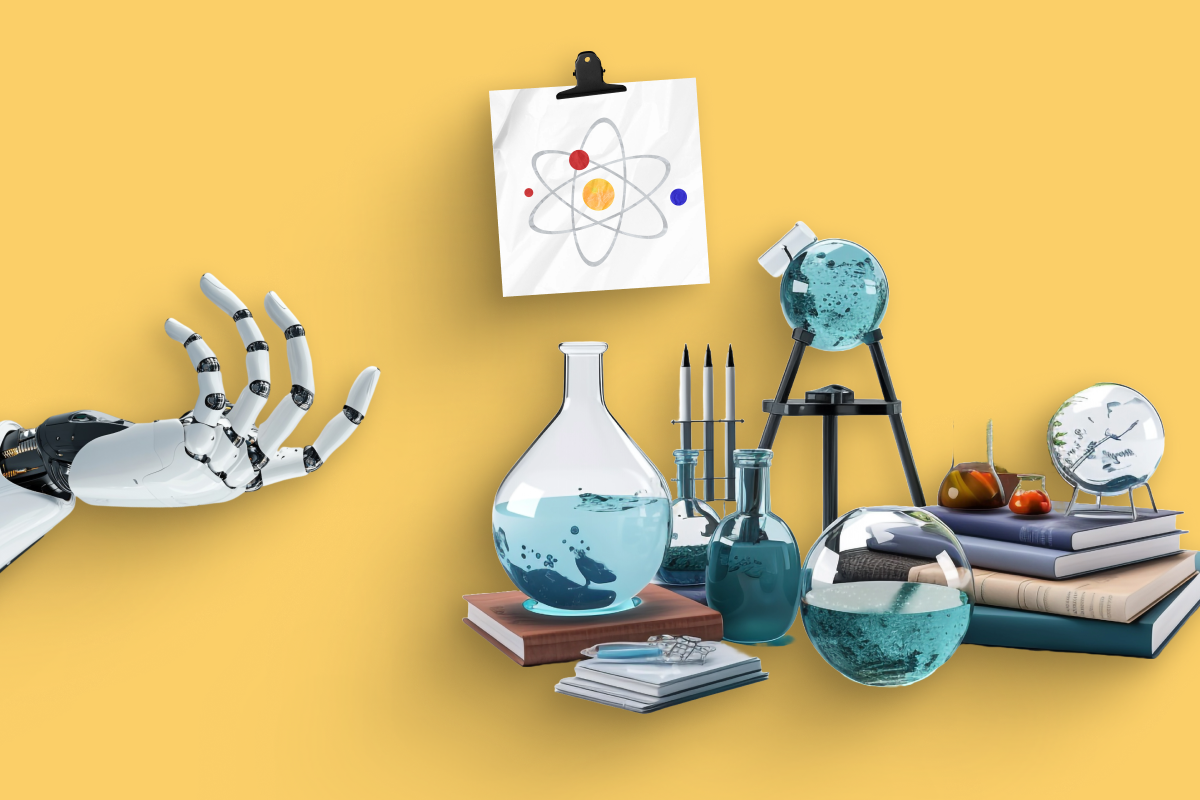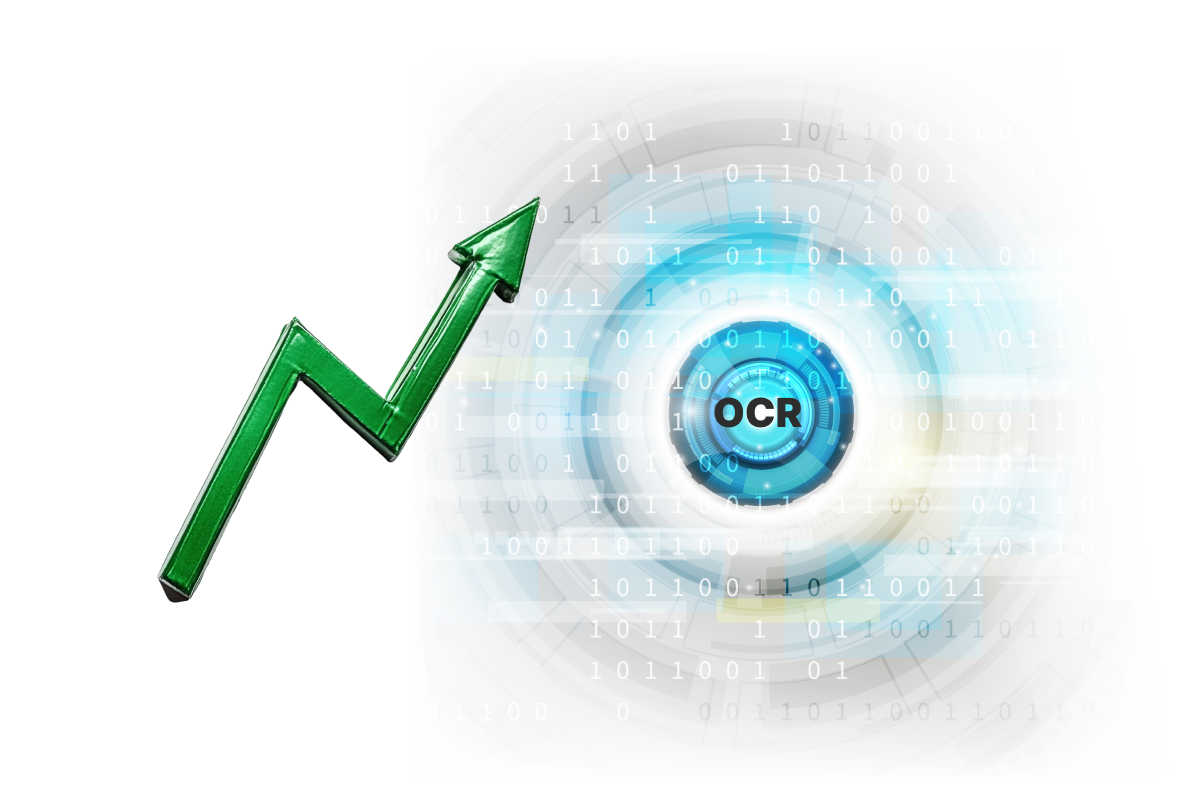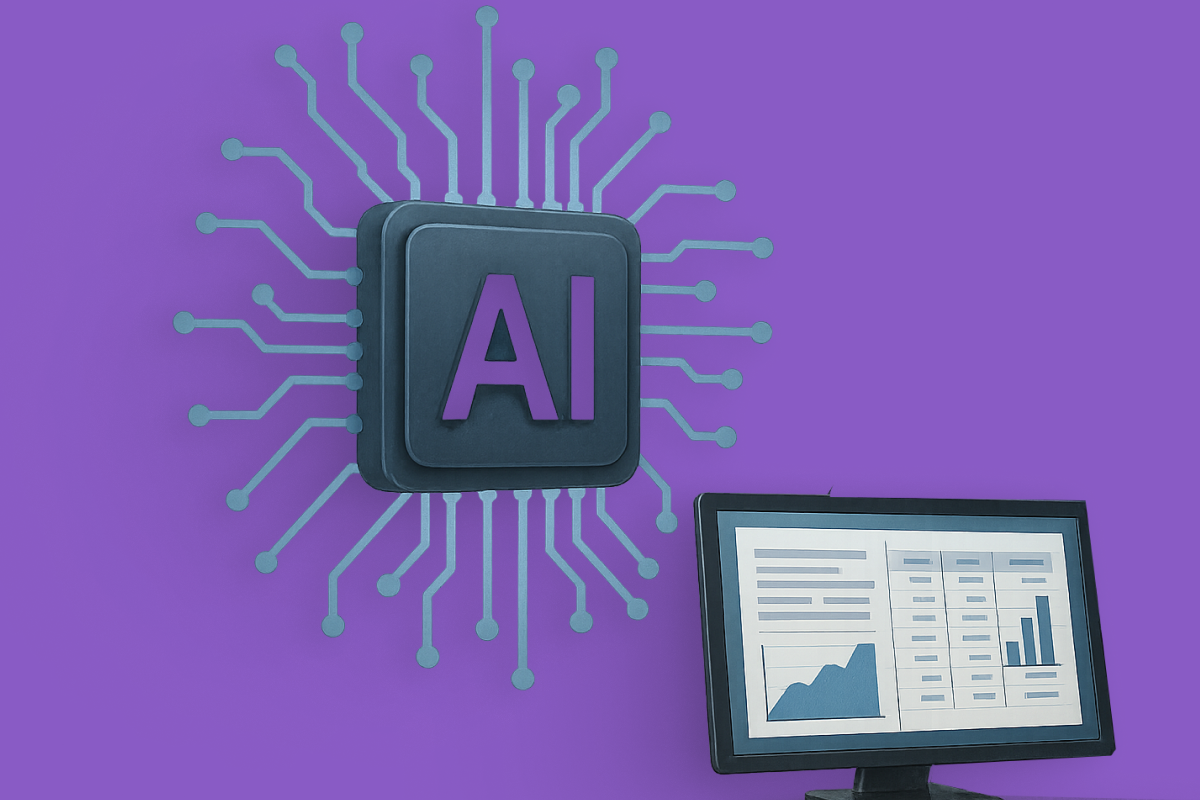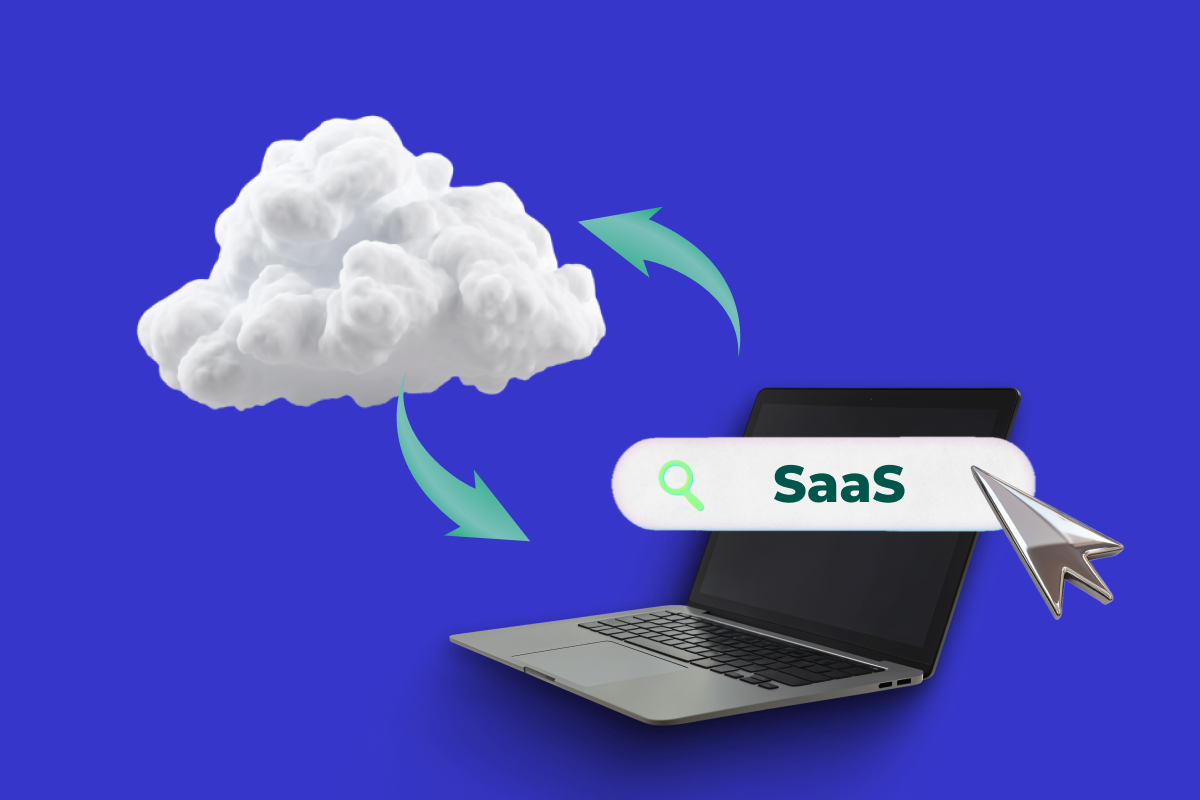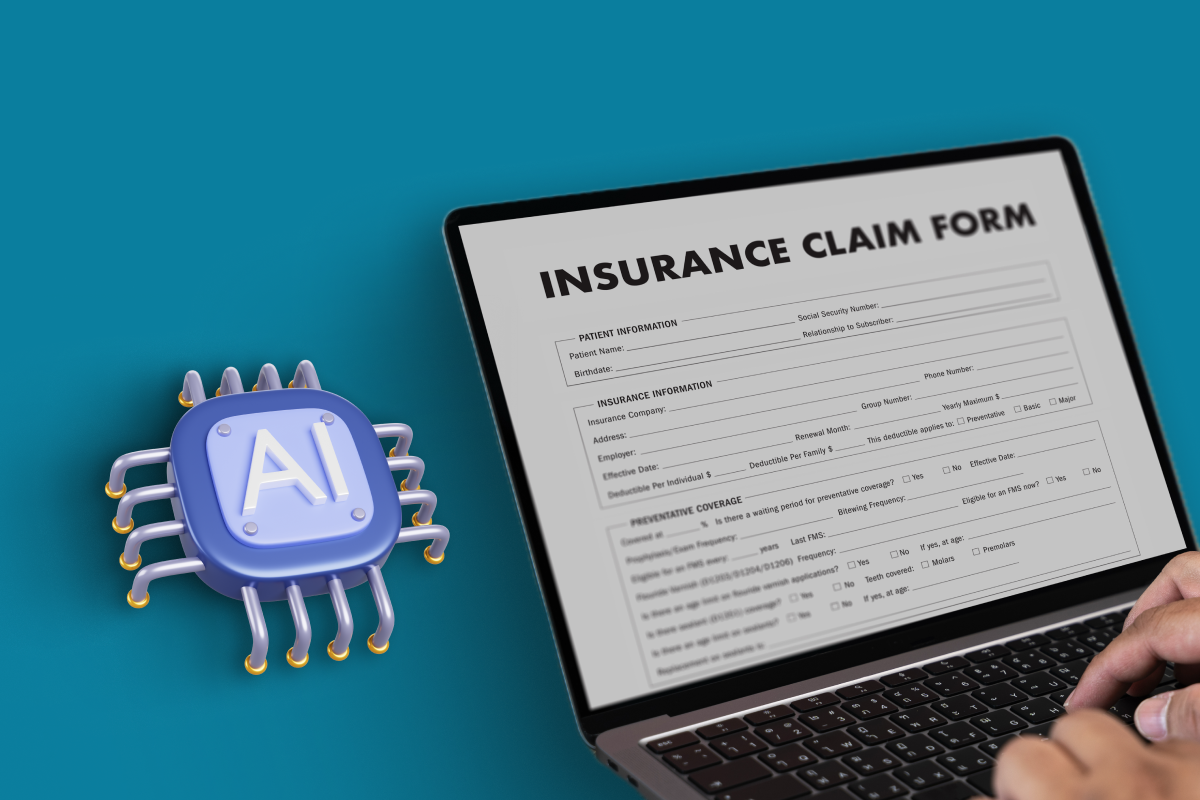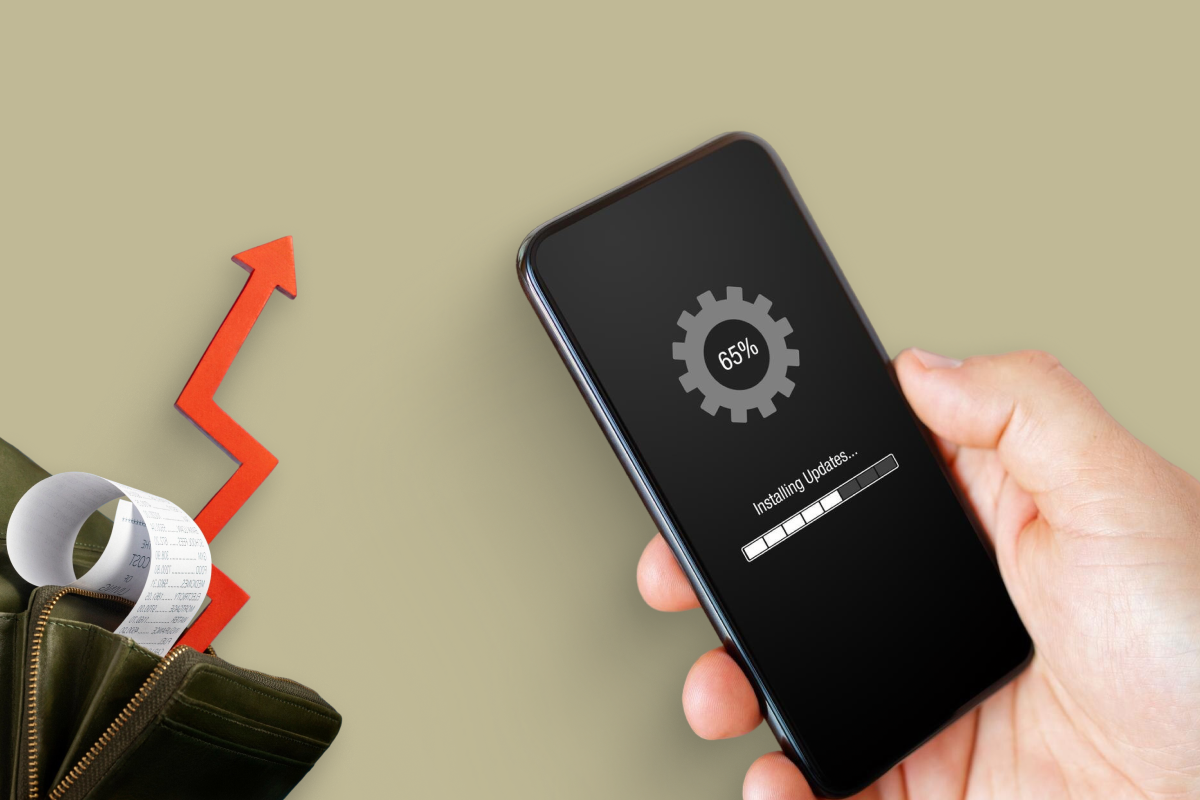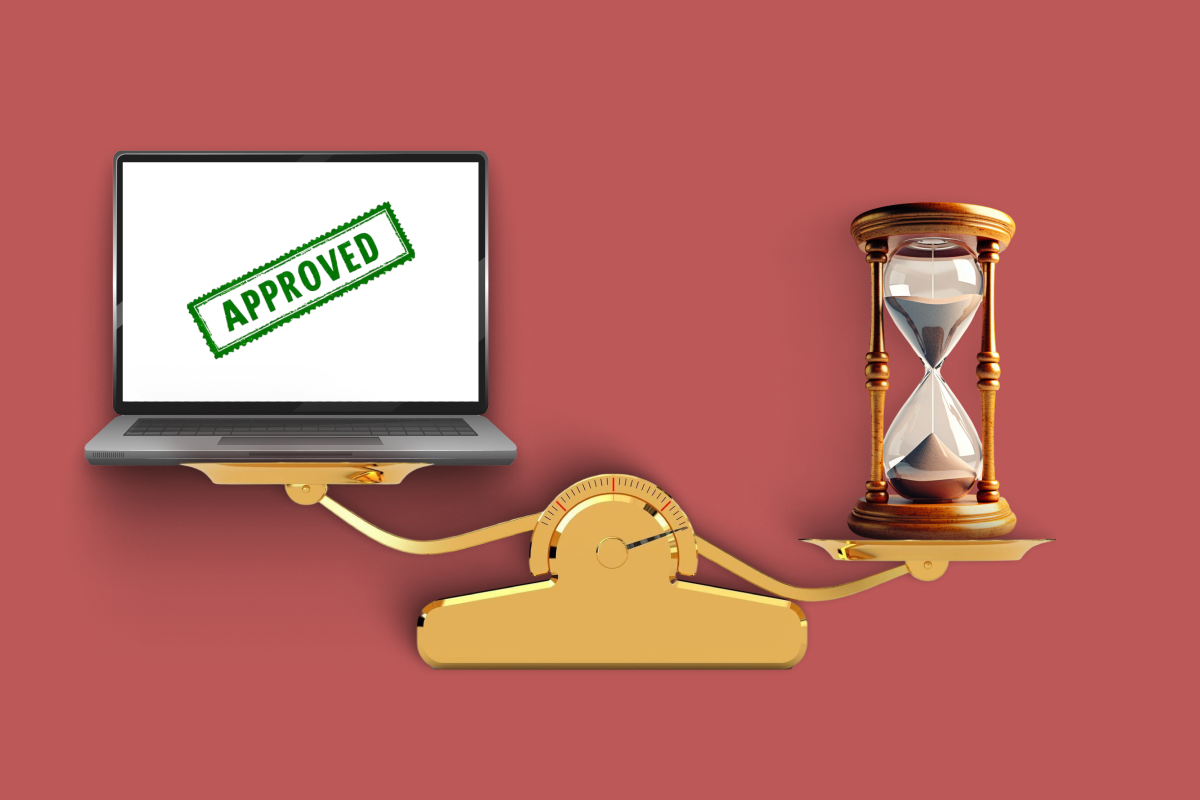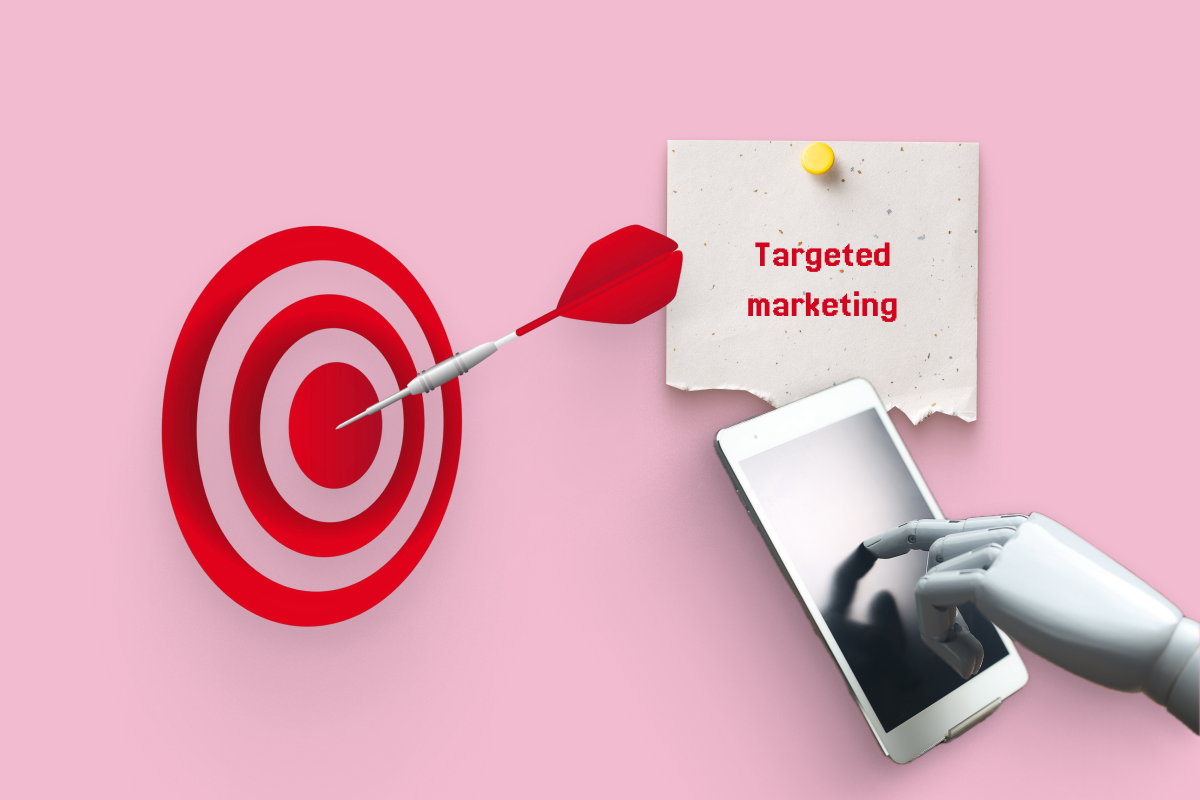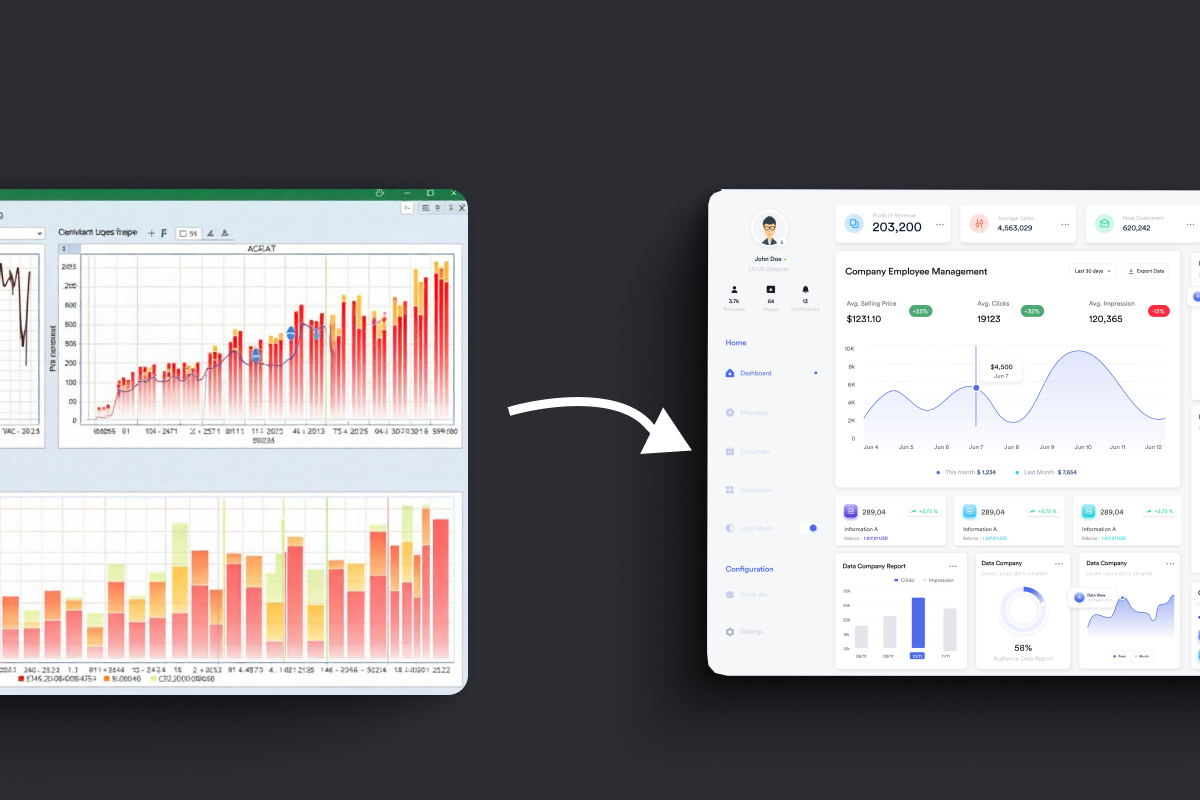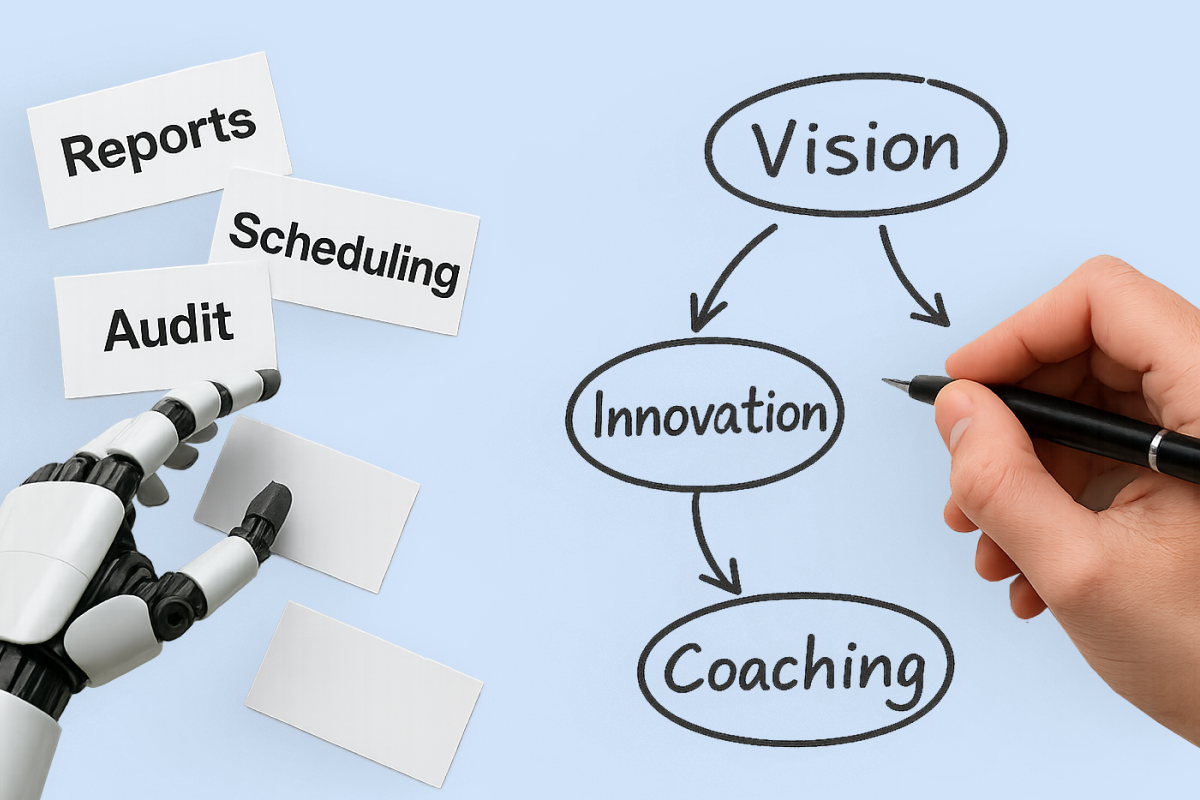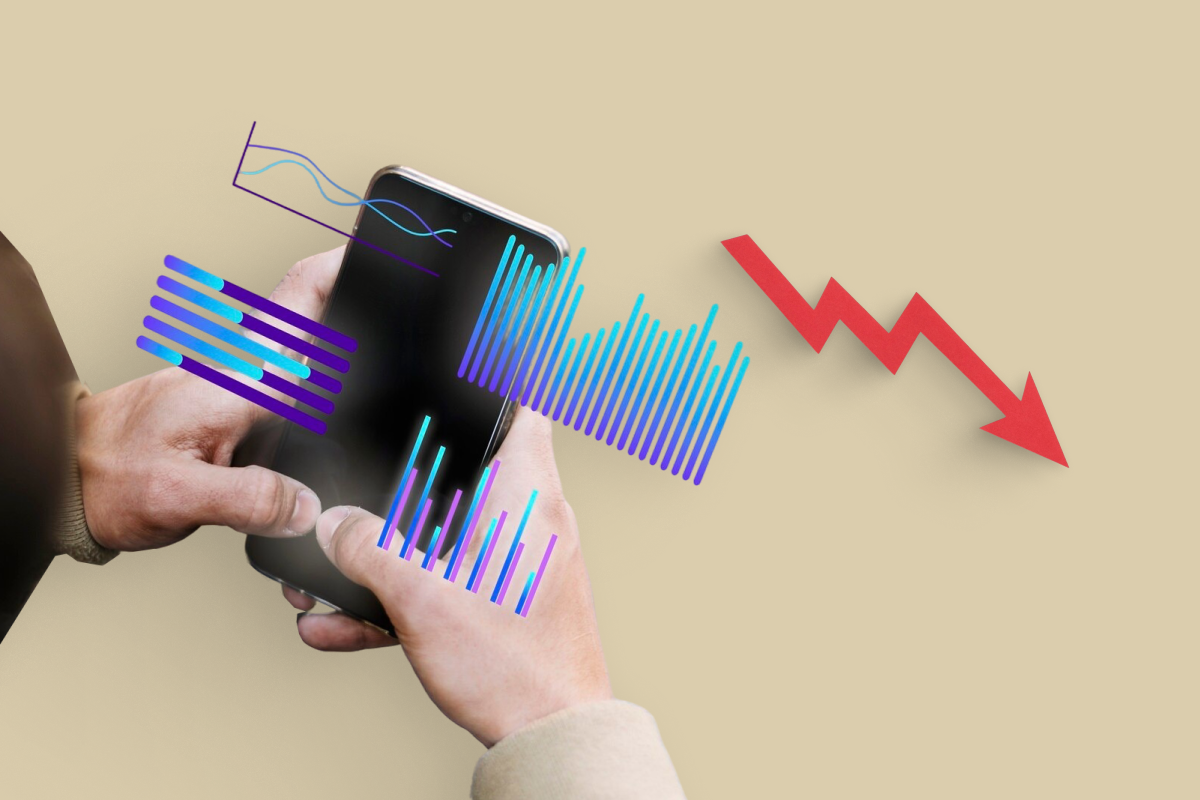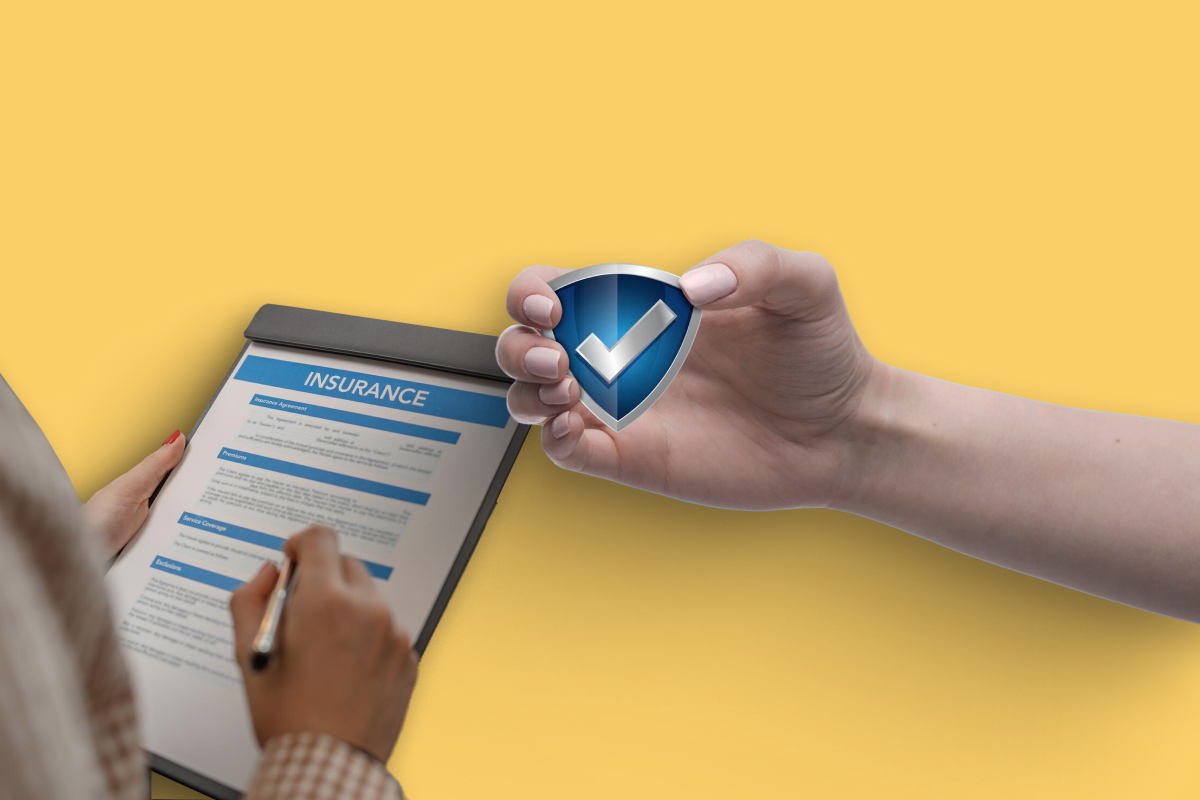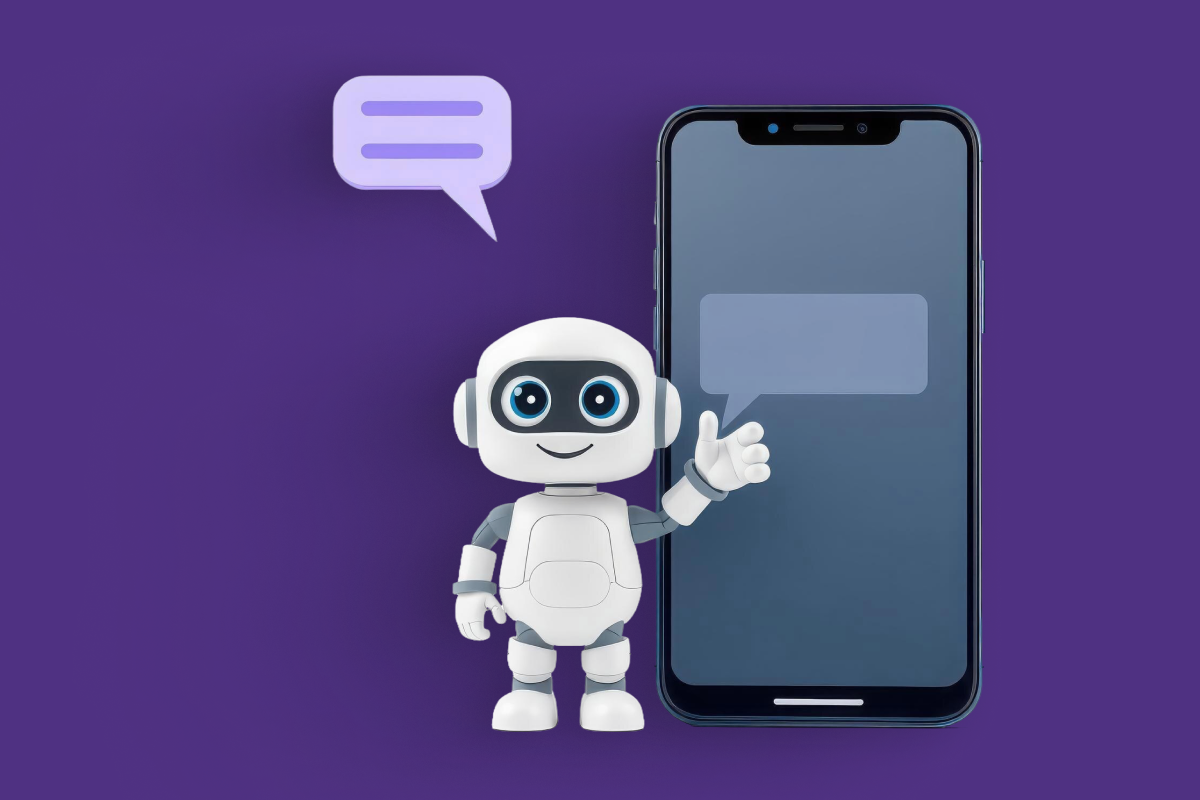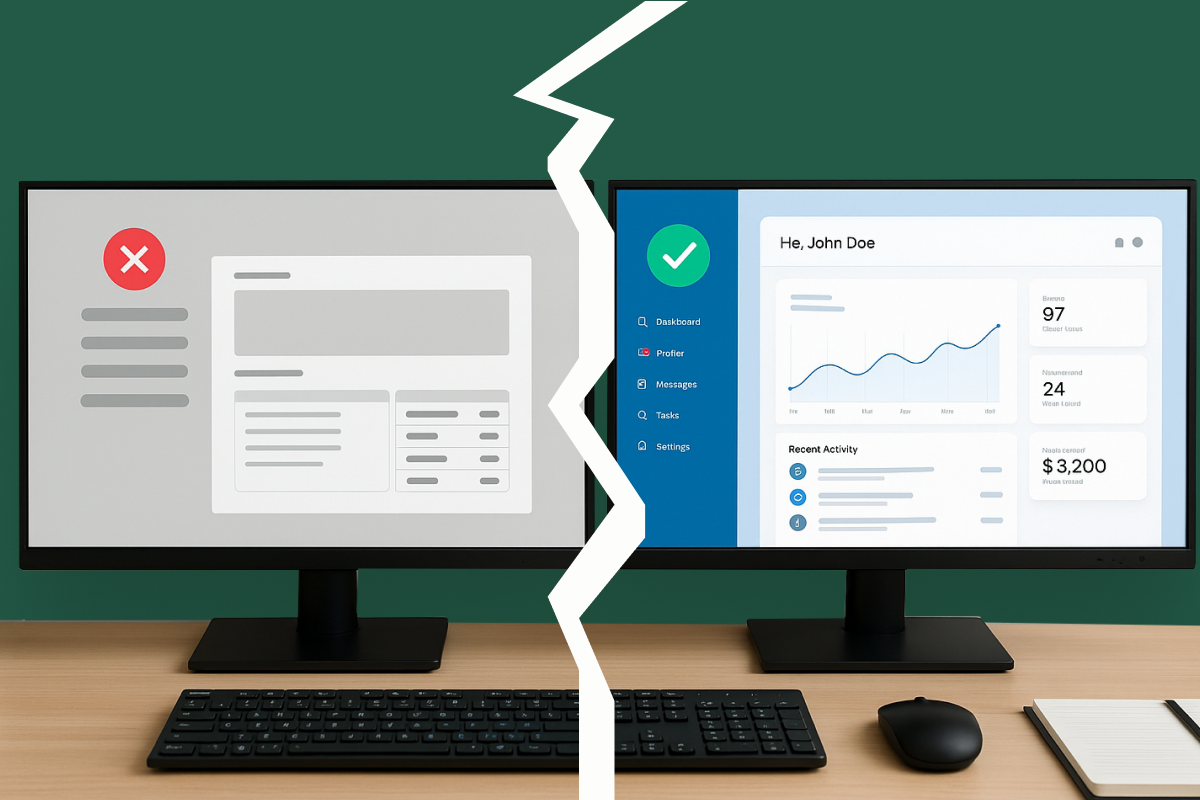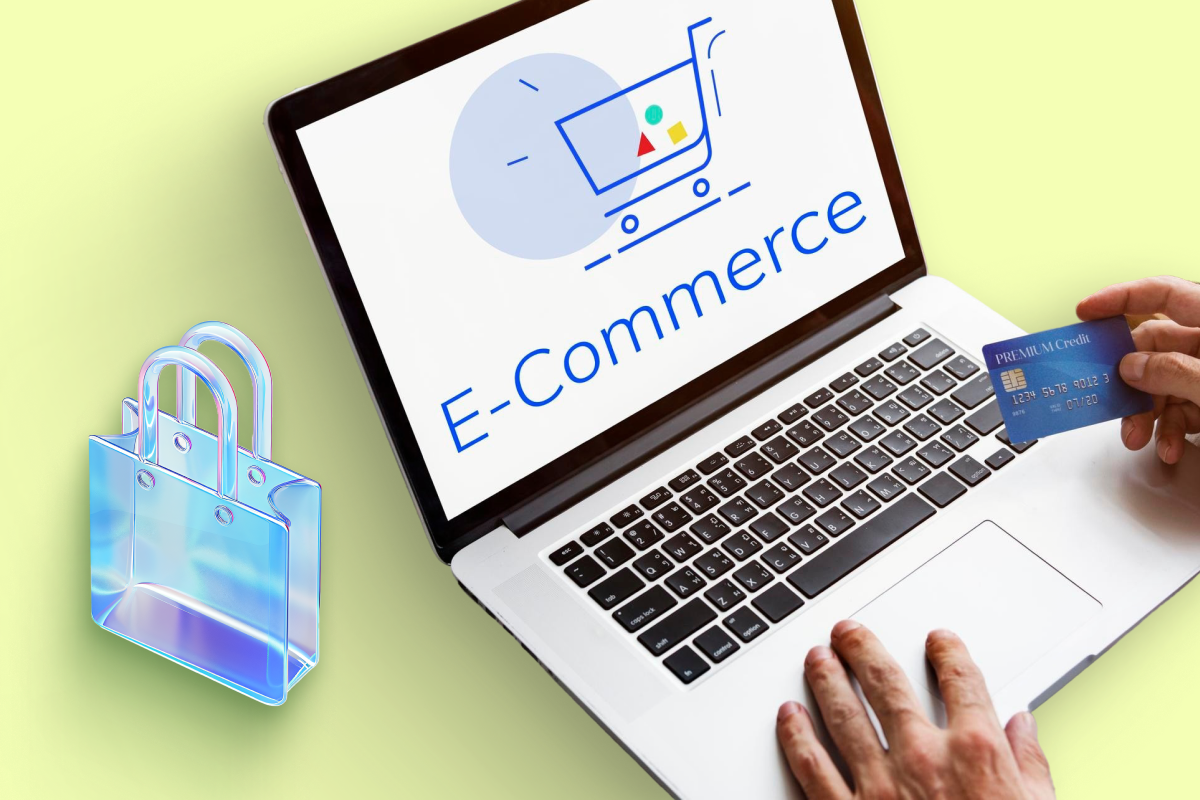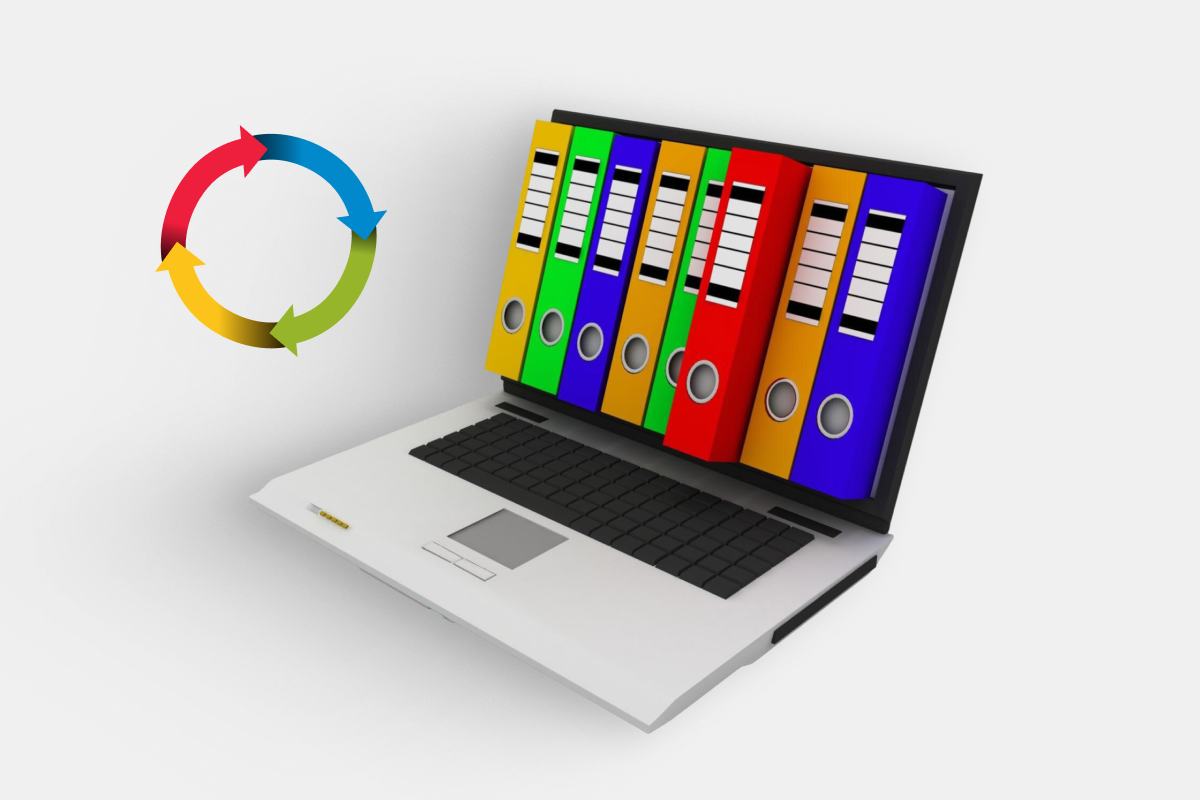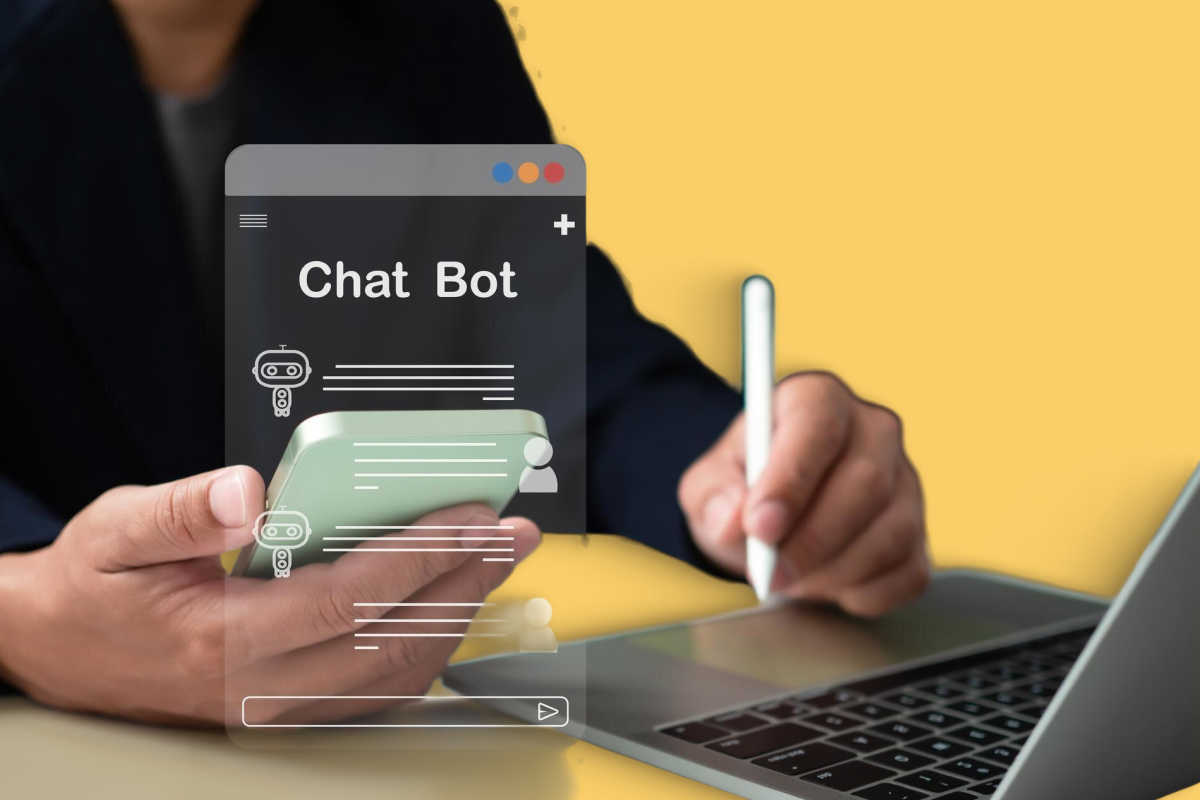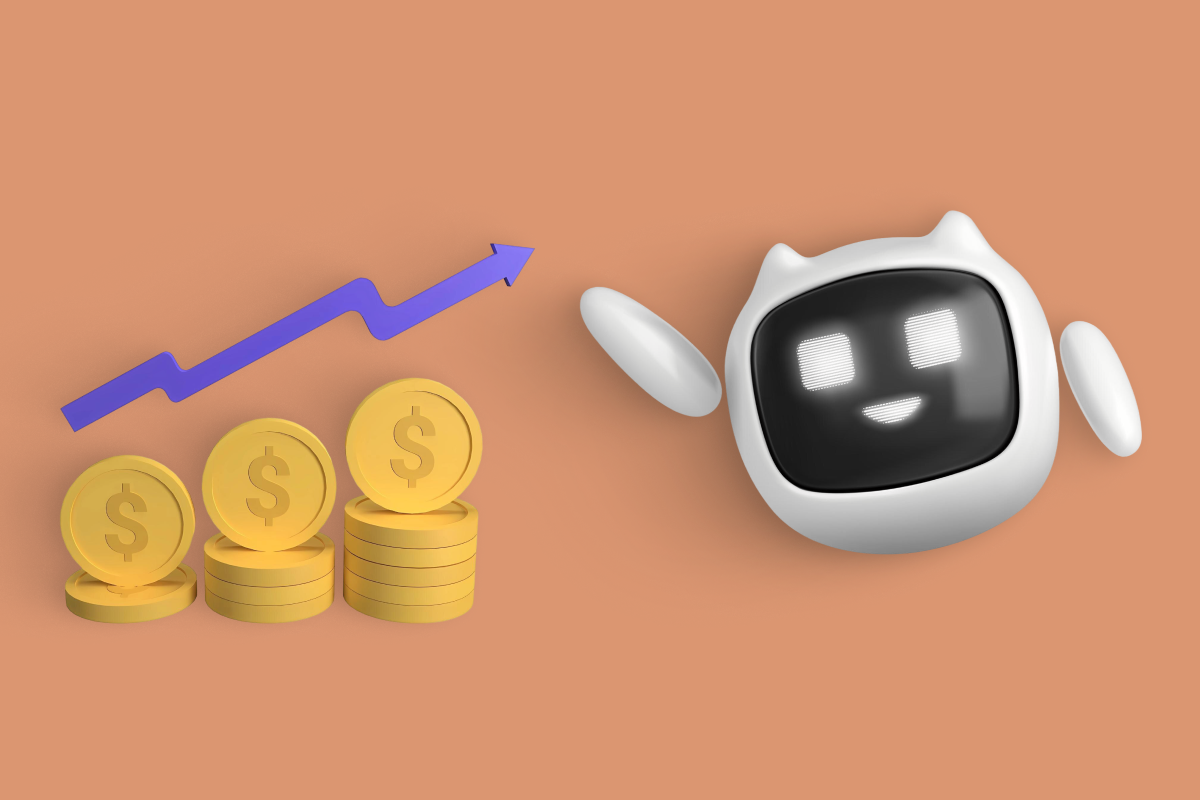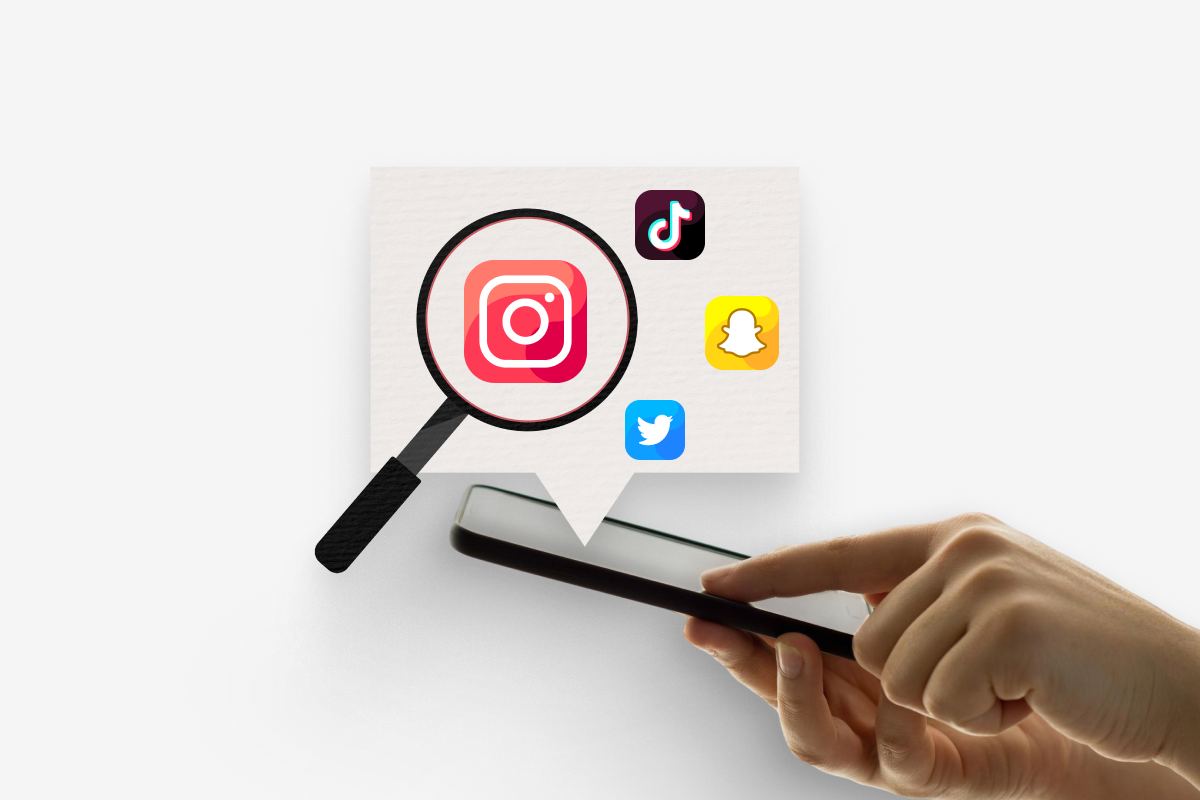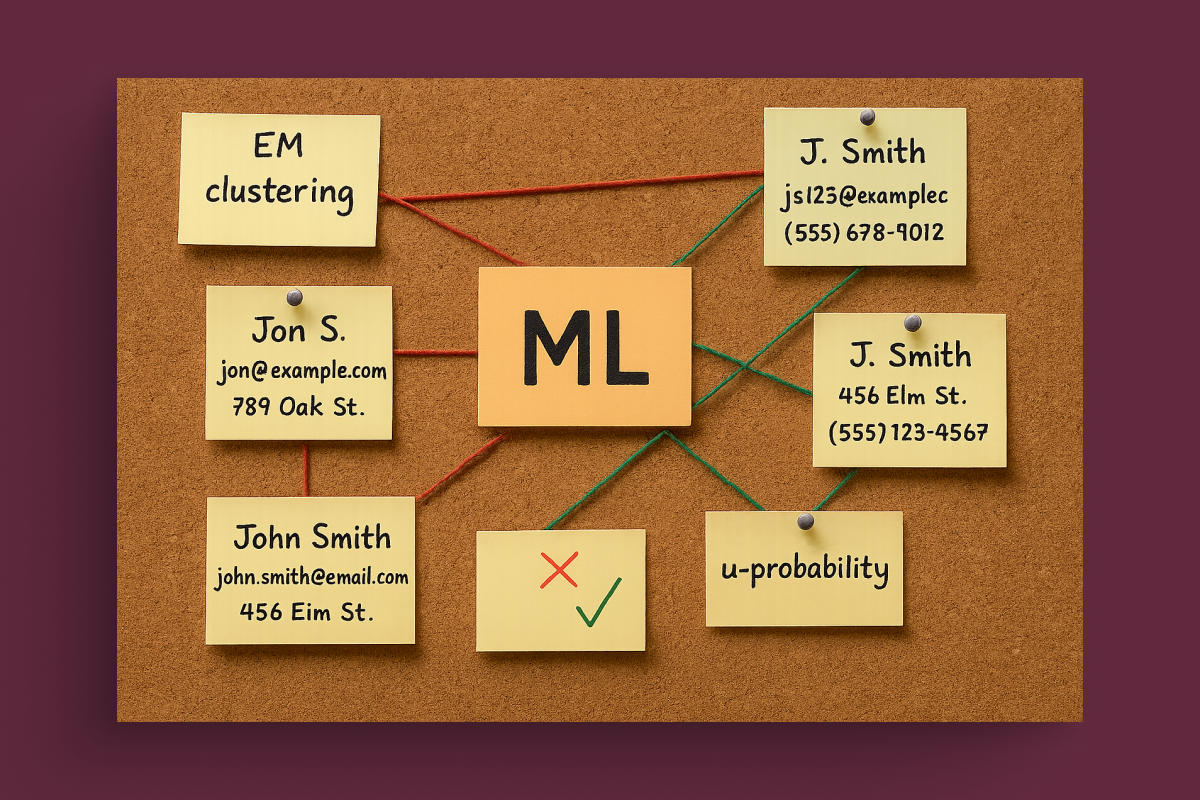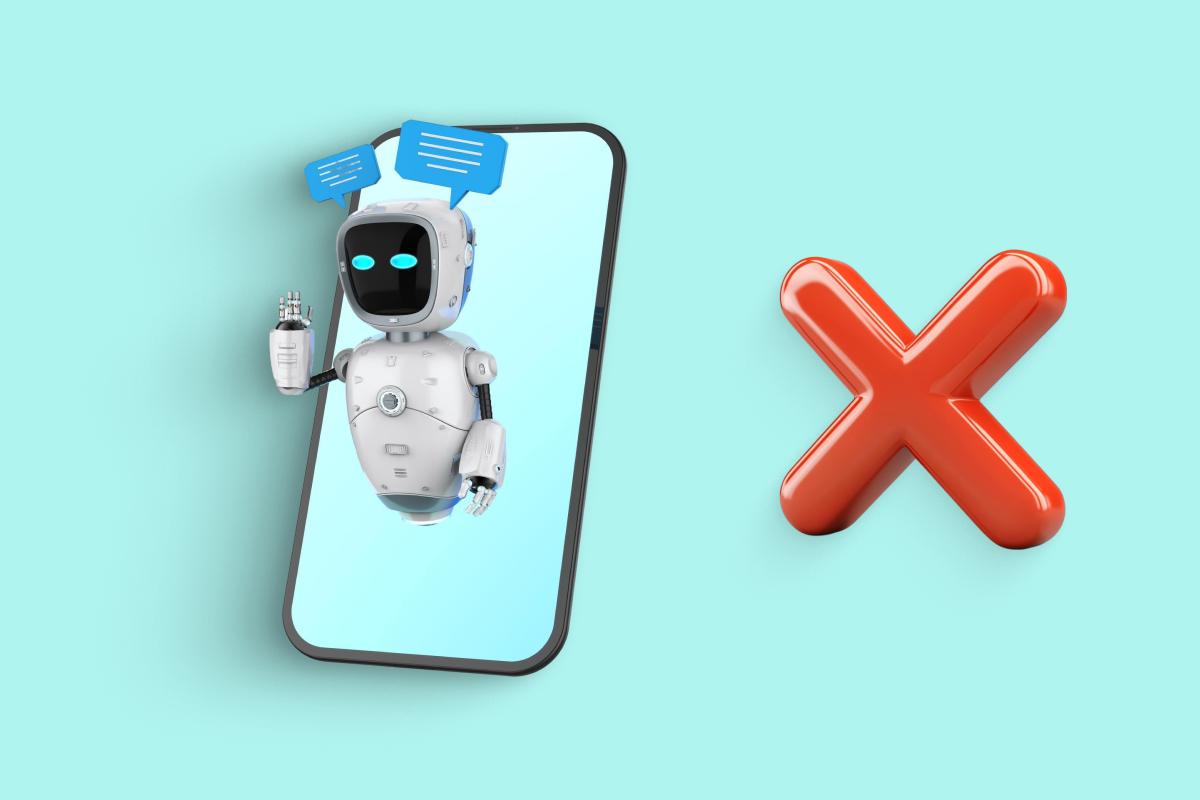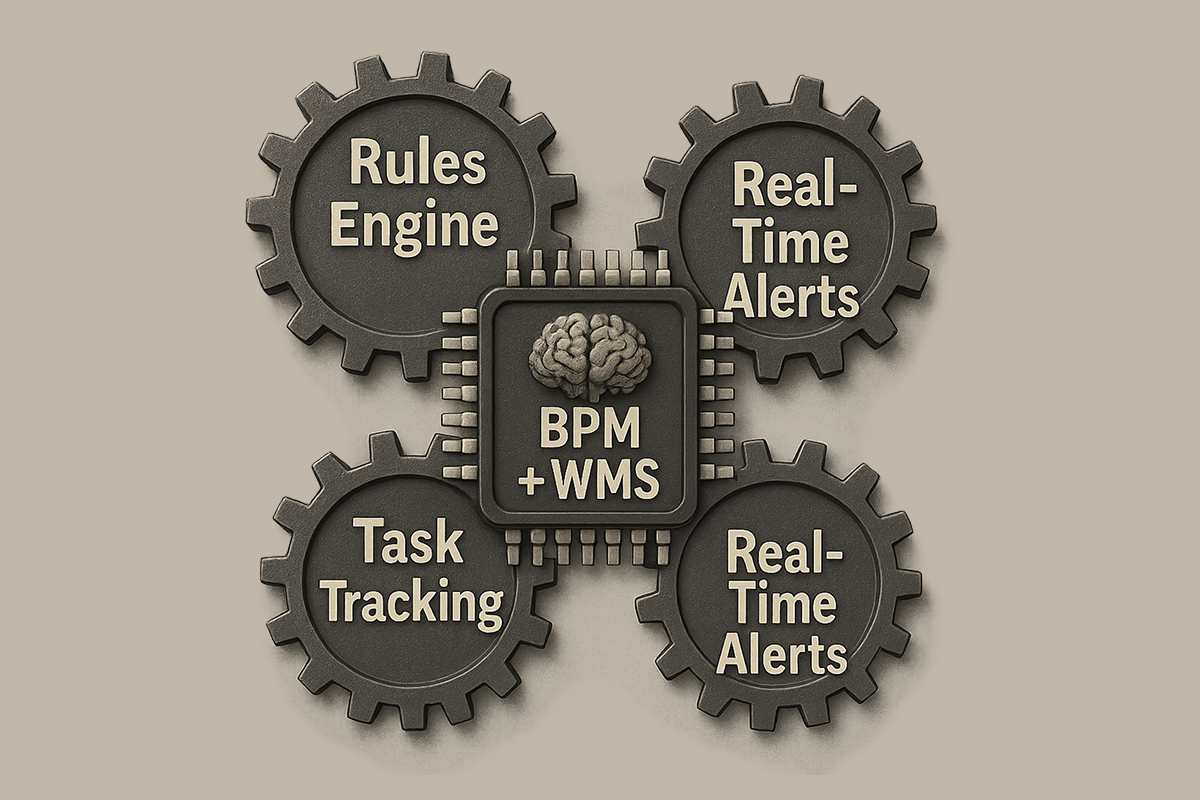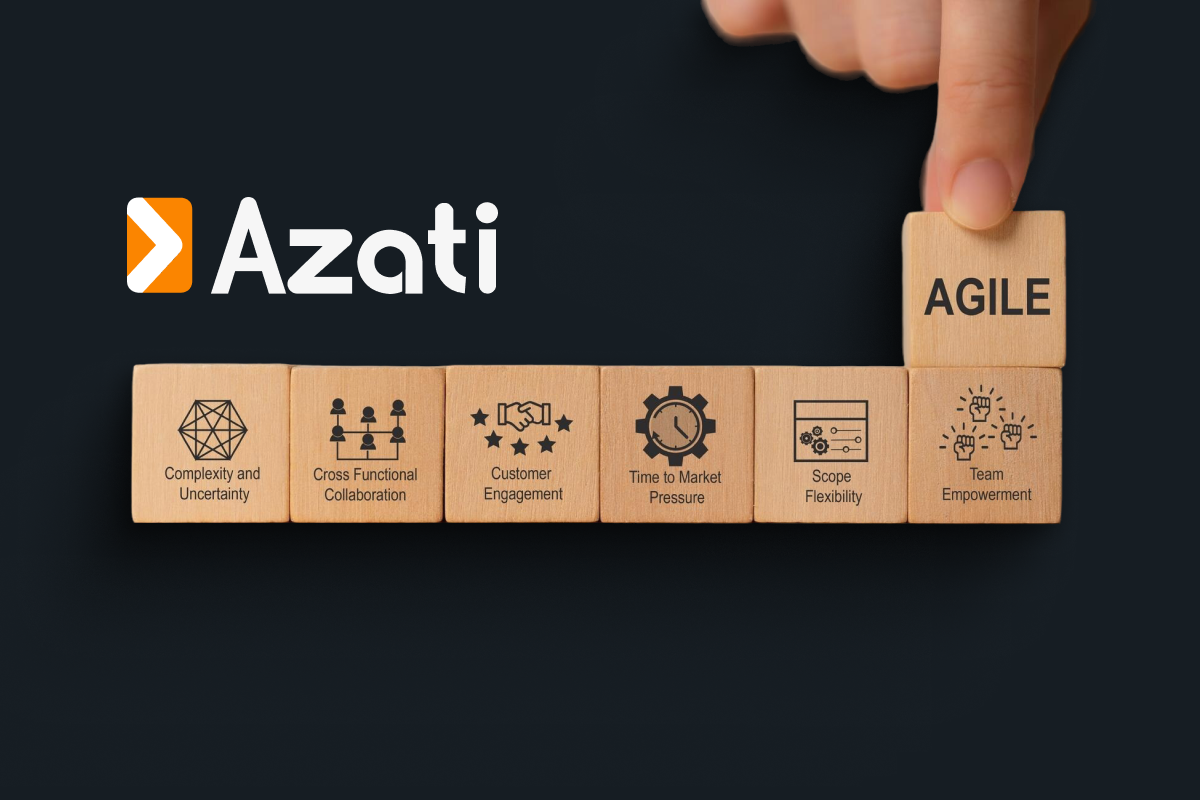Gaining customers is a crucial activity for every venture. When we make the first contact with a new lead, the pre-sales department finally acquires intervenes and nurtures them until the sale. According to the Harvard Business Review, companies with strong pre-sales capabilities consistently achieve win rates of 40–50% in new business and 80–90% in renewal business. These figures are well above average rates and prove how important the pre-sales process is. Many business owners begin to realize this and start seeking for the way to improve and optimize their presale process to avoid all popular presale concerns without additional costs
Advancements in Artificial Intelligence, along with the unquenchable popularity of messaging apps, are fueling the widespread application of chatbots – the software that can understand and reply to typed commands and questions.
Chatbots are Artificial-Intelligence applications which mimic human-level conversations. By using the power of natural language processing, they process and parse human language, and can adequately “converse” with humans. We can perfectly integrate chatbots with SMS texts, web chats and messaging platforms like Facebook Messenger.
By acting like a conversational partner who is always there to provide with necessary information, chatbots have already been noticed to be efficient in improving and optimizing some operations of the presale process. Also well-made chatbot attracts customers and increases engagement rate.
The Ways To Use Lead Qualification Bot
Previously, the sales department’s typical strategy was to send lots of emails and make repeated calls to all the leads and potential customers. This approach is obviously inefficient as so much effort we have to make to appeal to those, who wouldn’t turn into customers. In addition, trying to sell to inappropriate people is a great waste of a company’s resources, such as time, money, and human resources.
For this reason, a pre-sale department qualifies leads to find those worth the company’s time and resources to pursue, based on the rules and targeting conditions that matter most to the business. But qualifying leads can be a time-consuming, cumbersome process, often requiring much effort to determine which prospects are a good fit for your offer.
For presales process optimization chatbots can classify leads according to how likely they are to become customers, by asking qualifying questions. This way, you’ll get a clear idea on what leads you to focus your attention. If a lead is suitable, the bot can forward it to your sales team for follow up.
By leveraging chatbots you open the new opportunities that:
- enable sales representatives to interact with only the “best” leads;
- increase conversion rates;
- are resource-effective;
- don’t require to scale staff to support an influx of clients.
One of the main concerns is to find a highly qualified specialist, who can develop the really smart bot and won’t waste your time and money. It’s not an easy task, but the market is growing increasingly fast and today it is much more easy to find the developers with affordable rates.
Handling Repeatable Processes
Once the lead is qualified, the pre-sales team is responsible for figuring out what problem he needs to solve. When clarifying this, the pre-sales agents would typically ask the same questions and answer similar questions. But is it reasonable to do the same things over and over again? Especially now, when we can easily automate and simlify many pre-sales processes.
We can say that chatbots are algorithmic by human design, which means they can handle the repeatable processes. And whether some unexpected situation occurs – there is always an opportunity to connect to a customer service representative.
Handling repeatable processes with a chatbot brings the following benefits:
- unlimited scalability;
- very low marginal costs;
- consistent interactions;
- flexibility & transparency;
- preventing workers, who have to perform repetitive tasks, from becoming exhausted.
Can the chatbots optimize that pre-sales process? Without a doubt!
Sales Chatbots Improve Data Collection
Data on leads and potential customers helps businesses make informed decisions and predictions, gain insights on what services they need and how to approach them in the future to optimize presale processes. With this data professionals can get to know how to attract and engage prospects, improve retention and strengthen bonds with the already existing customers. Learnings from the prospects who didn’t purchase can also turn out to be relevant. We can reveal common problems and issues that arise with the offerings m.
In order to gather information on leads many companies add more fields to lead capture forms and hire more representatives so that they make more calls and send more emails. But this can result in losing a prospect who becomes tired of filling out endless forms. Increase of personnel, in turn, is not the best option as well, as human work is limited and constrained due to working hours.
The chatbot is a fantastic tool for collecting and analyzing your leads and prospects data. By maintaining a real-time dialog, they gather information naturally, in a very convenient and unobtrusive way to optimize both sales and presales.
Using chatbots for data collection also entails:
- collecting more accurate data;
- obtaining a better understanding of what the customers need;
- user experience improvement.
Enhanced Real-time User Experience
User experience is what every company should care about, as in our competitive world it is often the very factor that determines whether the prospect would become a customer or not, and if so, would he become a regular one.
According to a study from Harvard Business Review, 5 minutes or less is the ideal timeframe for responding to leads. After 5 minutes, there’s a 10x drop in your odds of actually getting in touch with a lead. And if you respond in 10 minutes vs. 5 minutes, you’re looking at a 400% decrease in your odds of qualifying for a lead.
Another survey, conducted by the Drift marketing team, evaluated the response times of 433 B2B companies, and got the following results:
93% of companies are ignoring the 5-minute rule:
- A: 55% of companies took longer than 5 days to respond,
- B: 38% of companies respond in a time period of 5 minutes to 5 days,
- C: 7% of companies responded to sales inquiries in 5 minutes or less.
This prompts the conclusion that when qualified leads are contacted swiftly, they are much more likely to turn into customers. When answering the question: “Why would you consider asking a chatbot before engaging with a human?” from a Ubisend questionnaire, nearly 70% of the responders claimed that they want instant answers to their questions. People insist on being appealed to as quickly as possible, thus the speedy nature of chatbot that responses in a jiffy is hugely beneficial.
Our Experience With Sales Chatbots: Azati Aquabot
One of our latest projects was about creating a chatbot for a local water delivery company. The client company offers scalable options for homes and businesses providing them with fresh drinking water.
Our client came up with the set of requirements introduced below, that was fed back into the developed Aquabot.
For their business operations the company wanted:
Virtual Worker for Taking Orders
A chat-assistant and a few operators to handle orders, instead of a department of customer service operators;
Effective Order Administrating & Control
Having real-time access to up-to-date information on any order. Tacking the operations being carried out at the moment;
User Data and Geolocation Validation
Ensuring that the submitted data, including phone number and delivery address, is reliable.
For their customers the company wanted:
Easy and Fast Ordering
Leading questions and hints from a chat-assistant make the process of placing an order as fast and easy as it was never before;
Order Status Tracking
The ability to see the current status of the order, no matter where the client is;
Payments through the Internet
Providing convenience and flexibility of ordering from beginning to end by allowing payments to be made through the Internet.
By talking to customers, Aquabot helps in choosing between offerings and takes orders. Customers just have to give their address and phone number, and the bot handles the order details and delivery. The information is transferred to and coordinated between those who pack an order and those who deliver it. The information on orders is saved, which makes it handy for users to put in a repeated delivery request.
Here are some statistics after 3 months of using the chatbot:
- customer service workload shortened by nearly 40%;
- technical support expenses reduction by 60%;
- According to the customers’ feedback on the site, customer satisfaction rate has been notably increased by 1.8 points (from 3,8 to 4,6 out of 5).
Conclusion
With many companies getting on board, it is likely that it won’t take long until many more follow the trend. According to a survey by Oracle, businesses are beginning to see the benefits of using chatbots: 48% of the respondents said they already use the technology for some business functions, and 80% said they already used or planned to use chatbots by 2021.
It seems the technology would soon become ubiquitous. More and more people get familiar with chatbots through social media, and soon they would anticipate companies to have a chatbot the same way we anticipate a company to have a website. Also we discovered that chatbots can greatly optimize presale processes.
Ready to transform your pre-sales process? Discover how a smart chatbot can boost your conversions and simplify customer engagement—contact us today!
